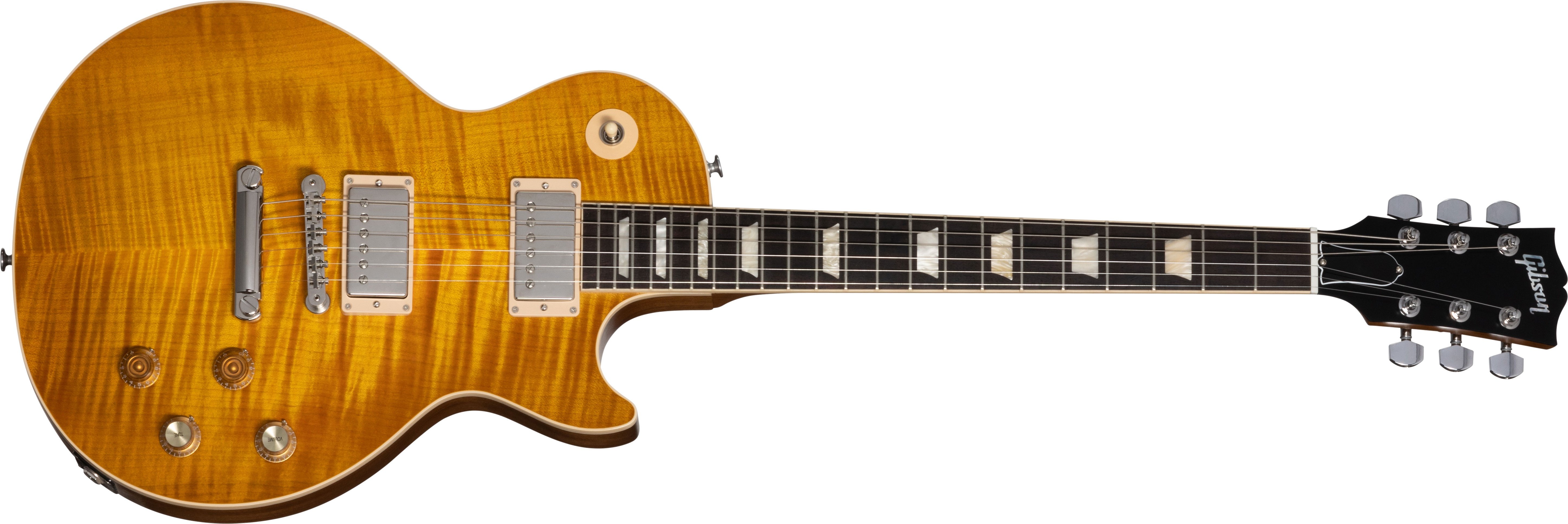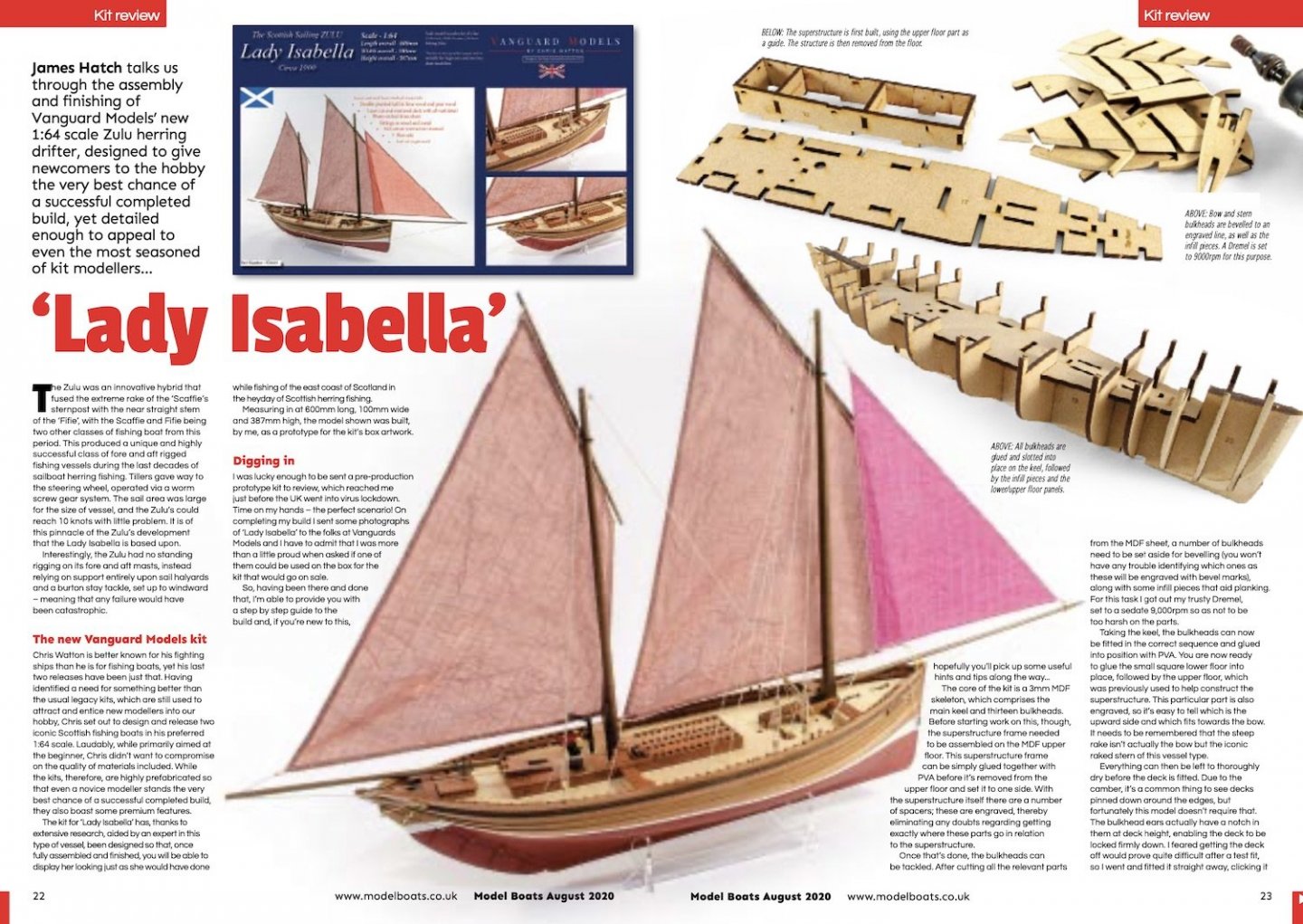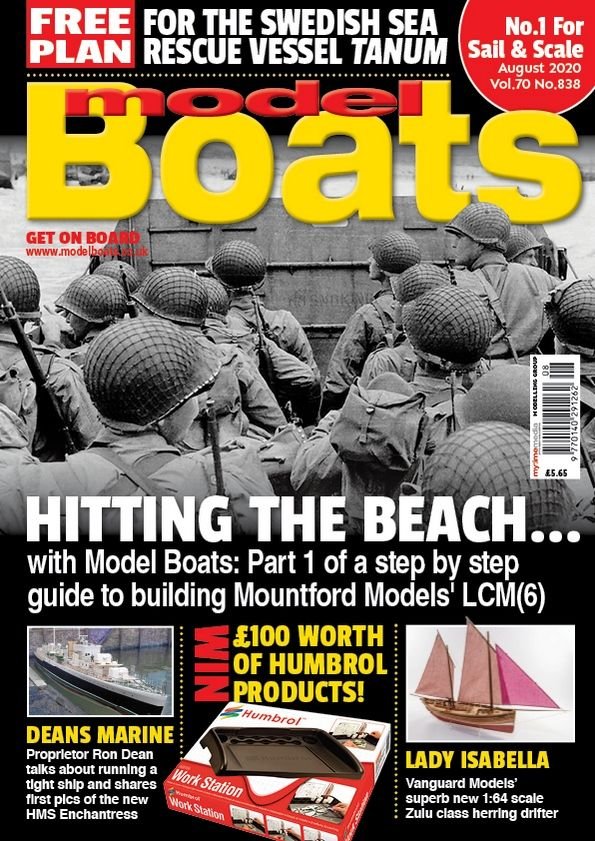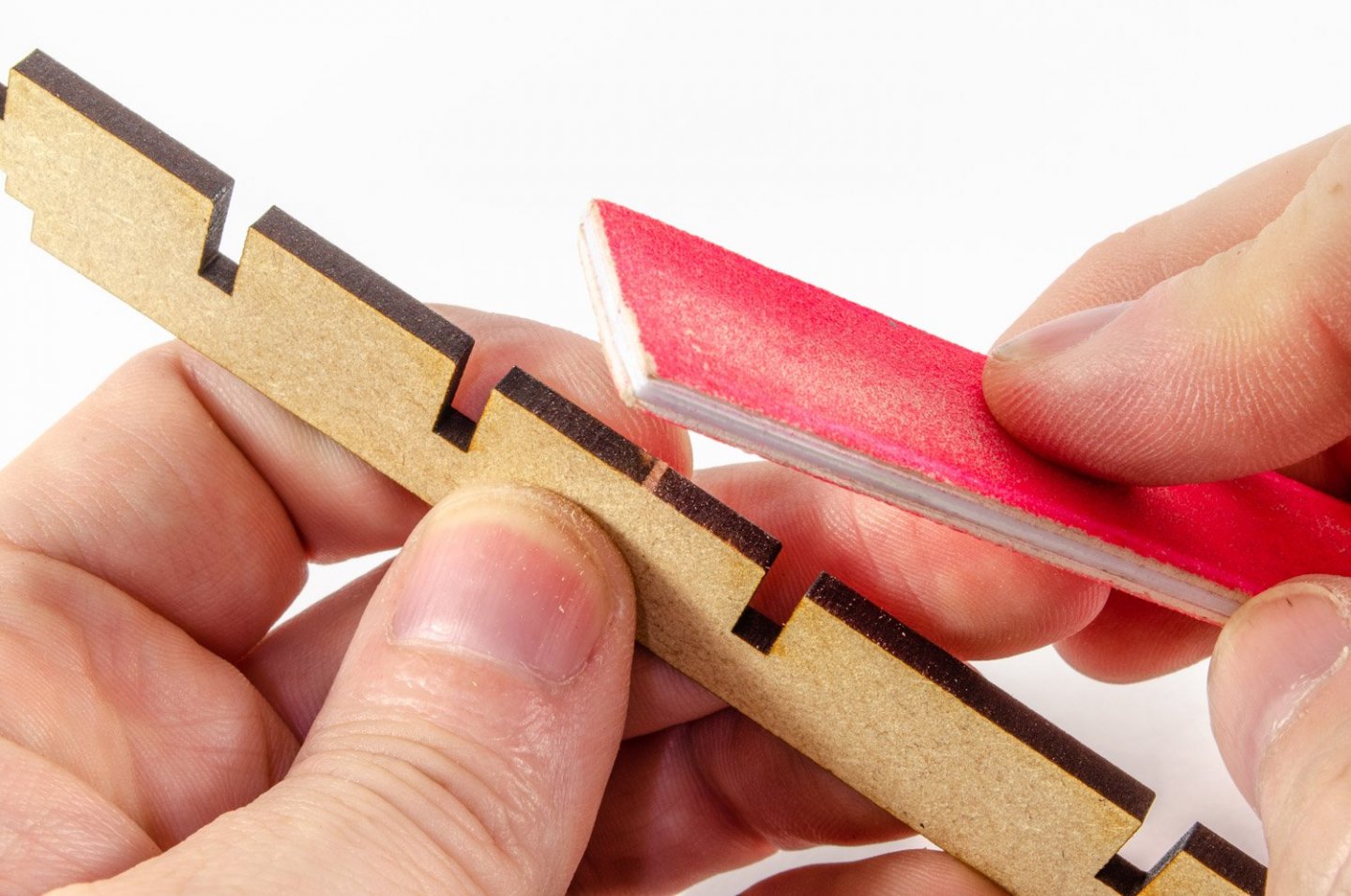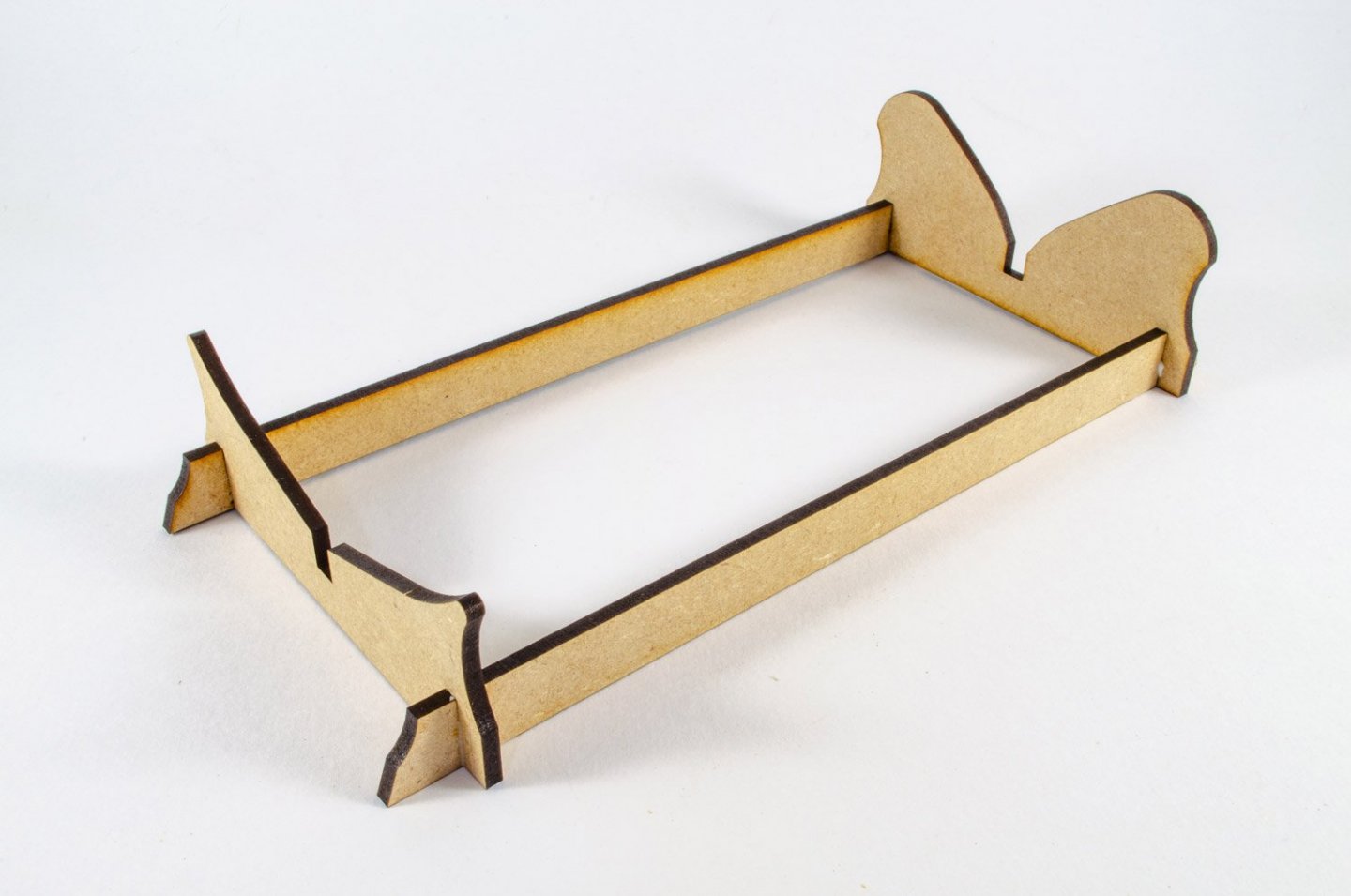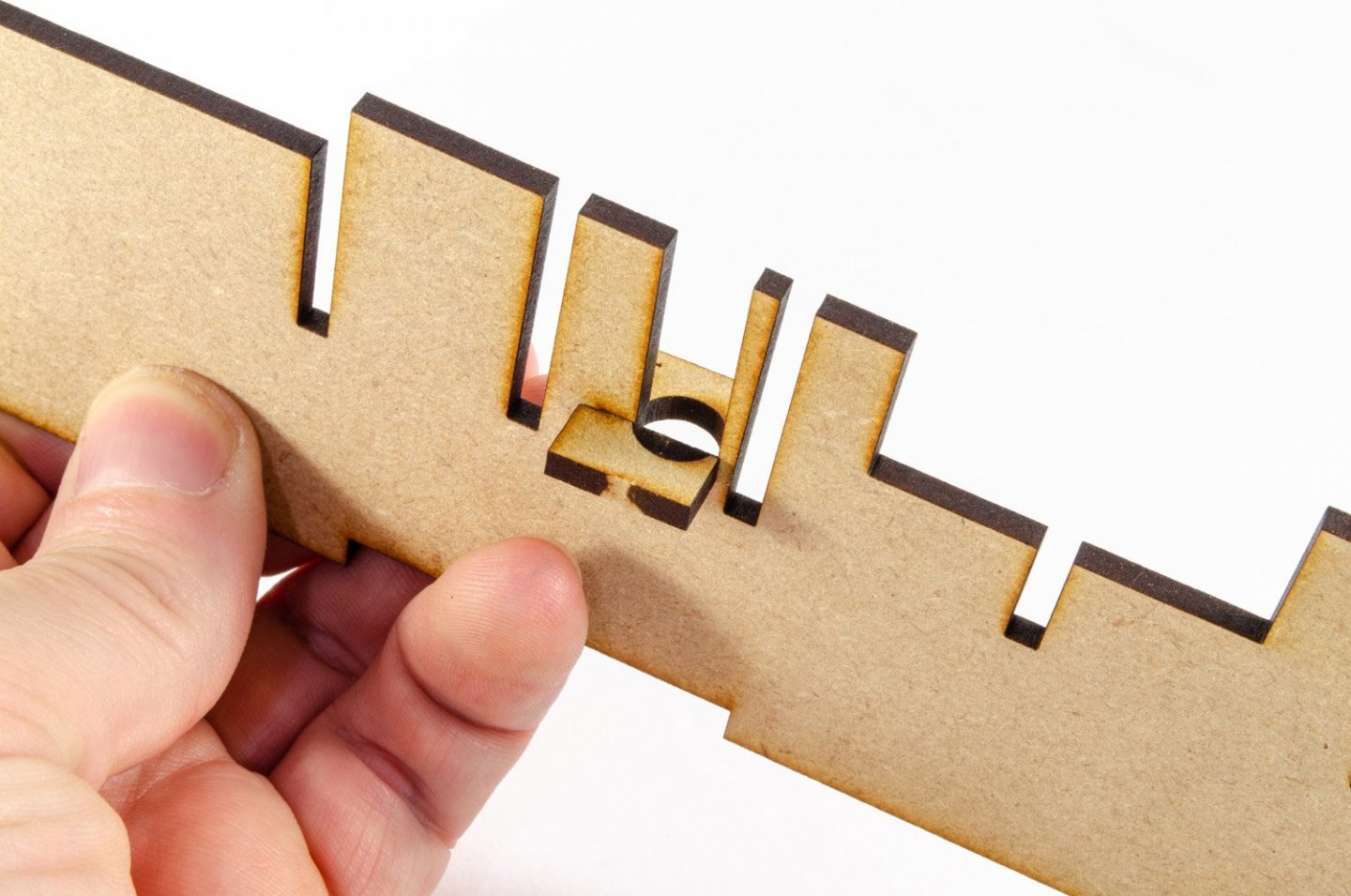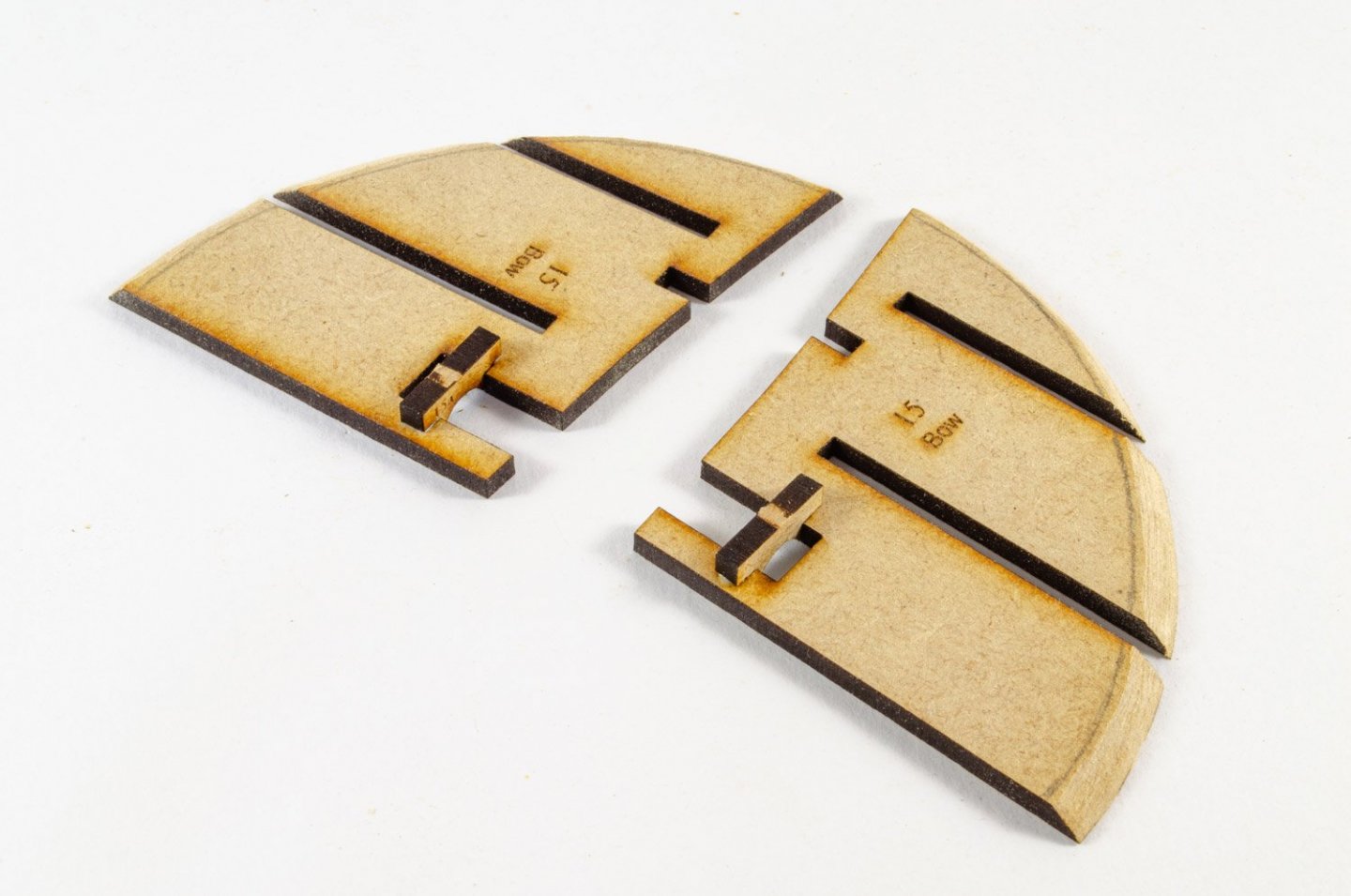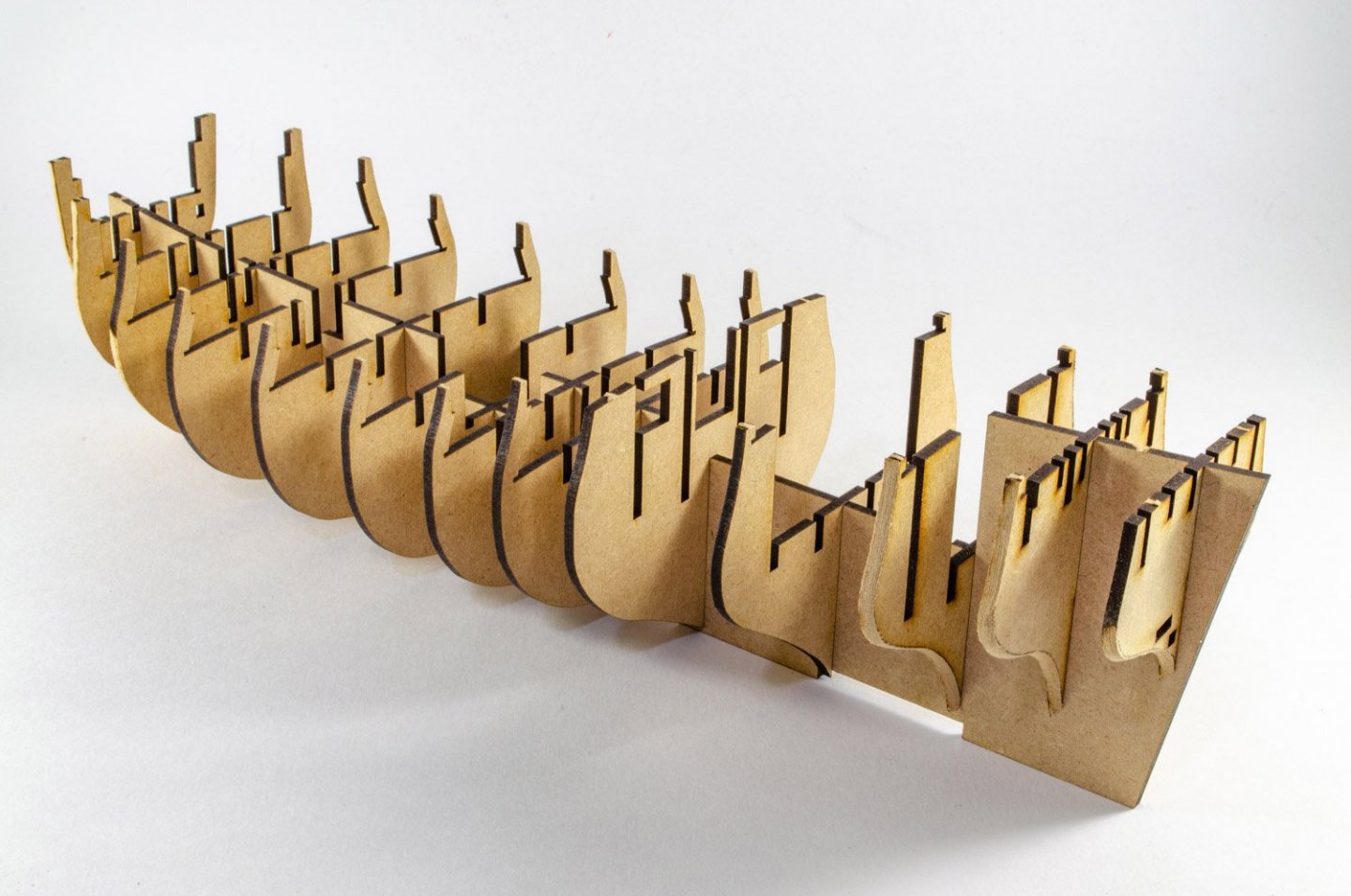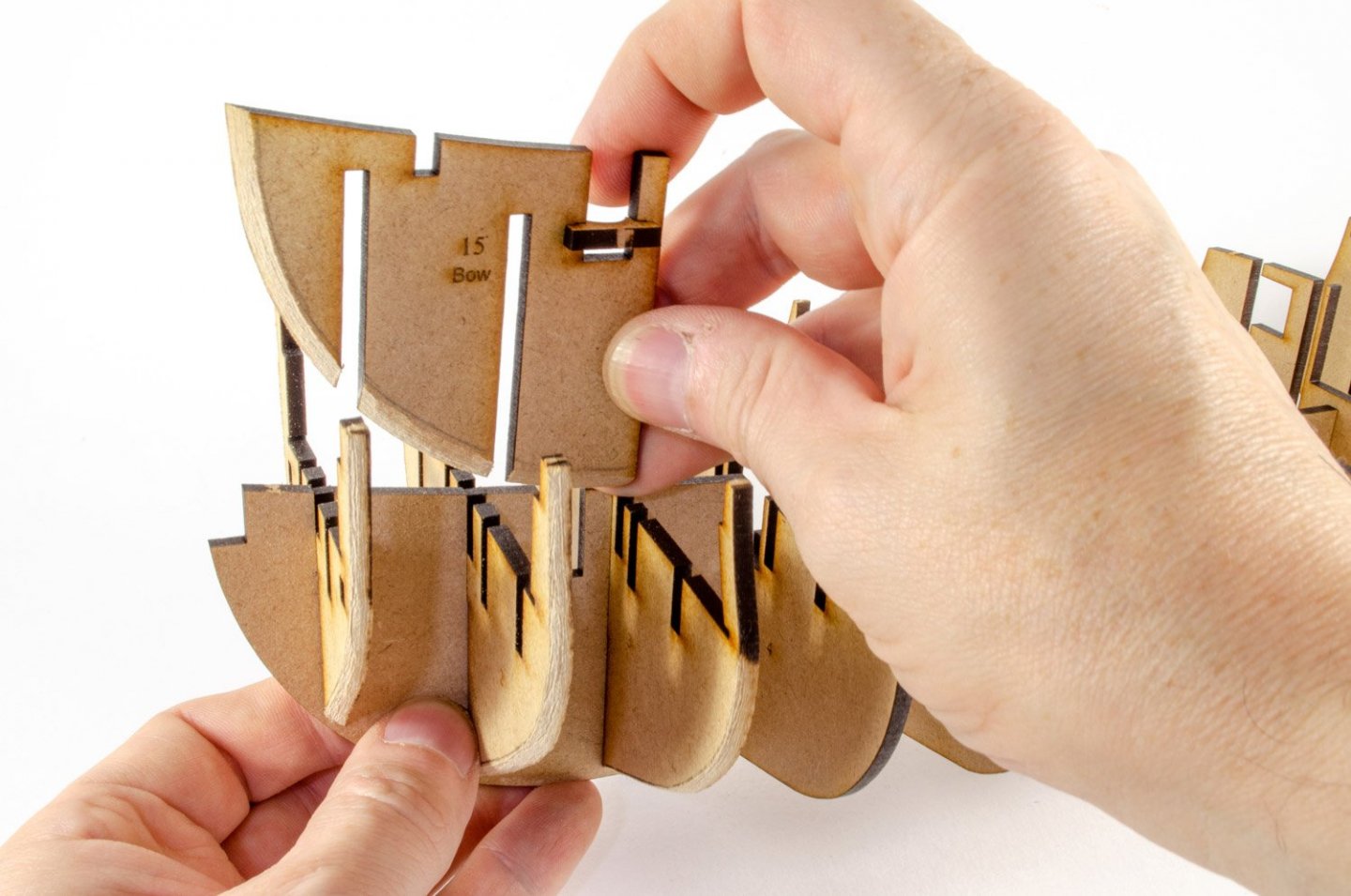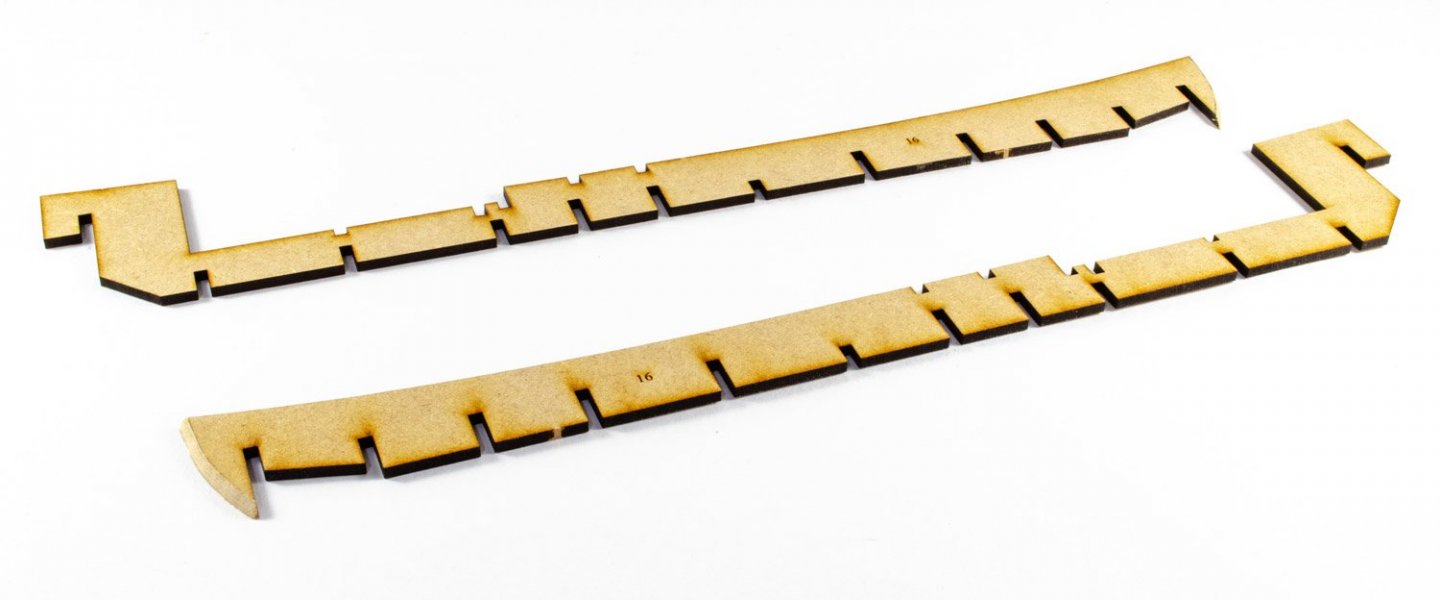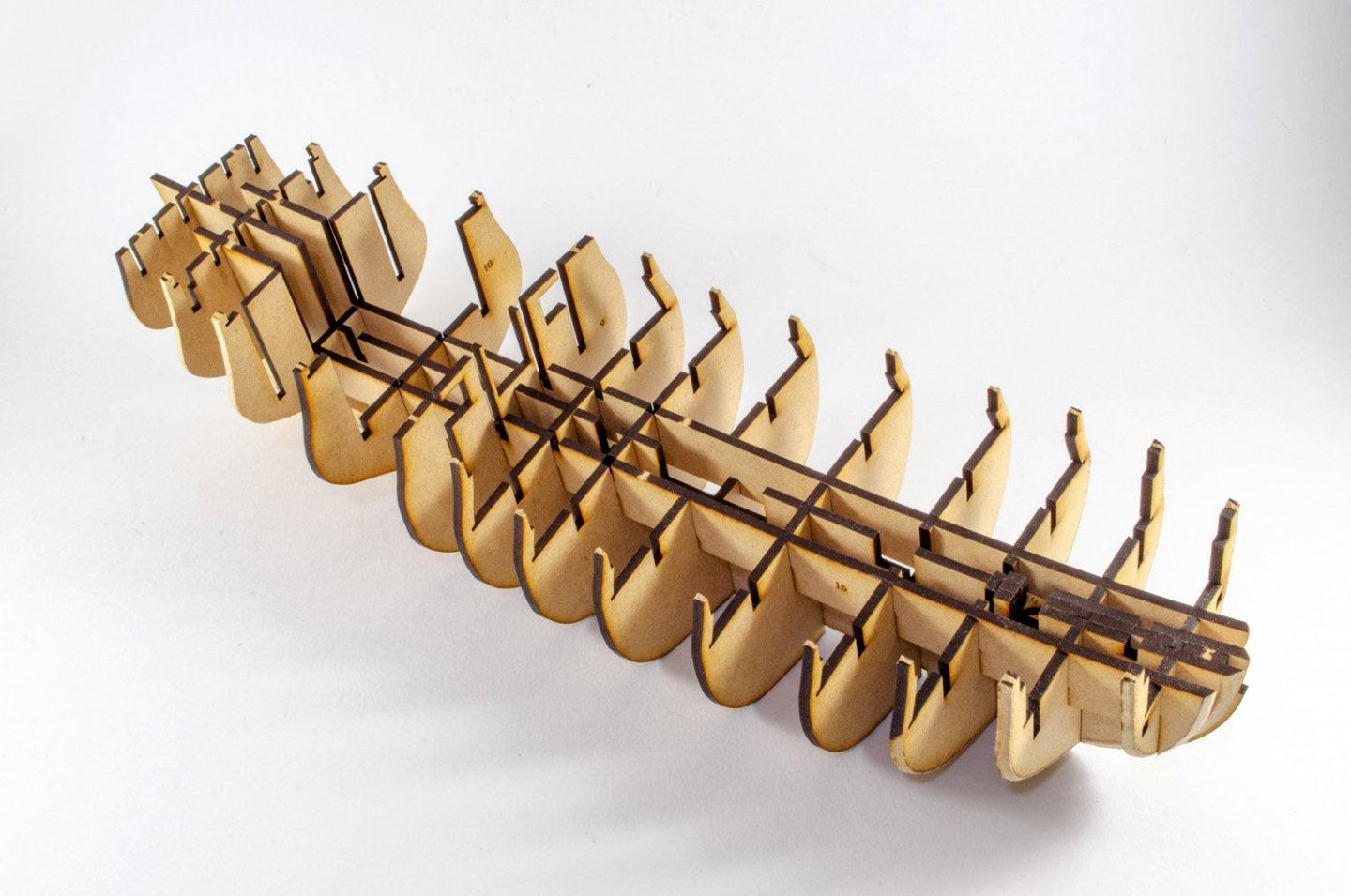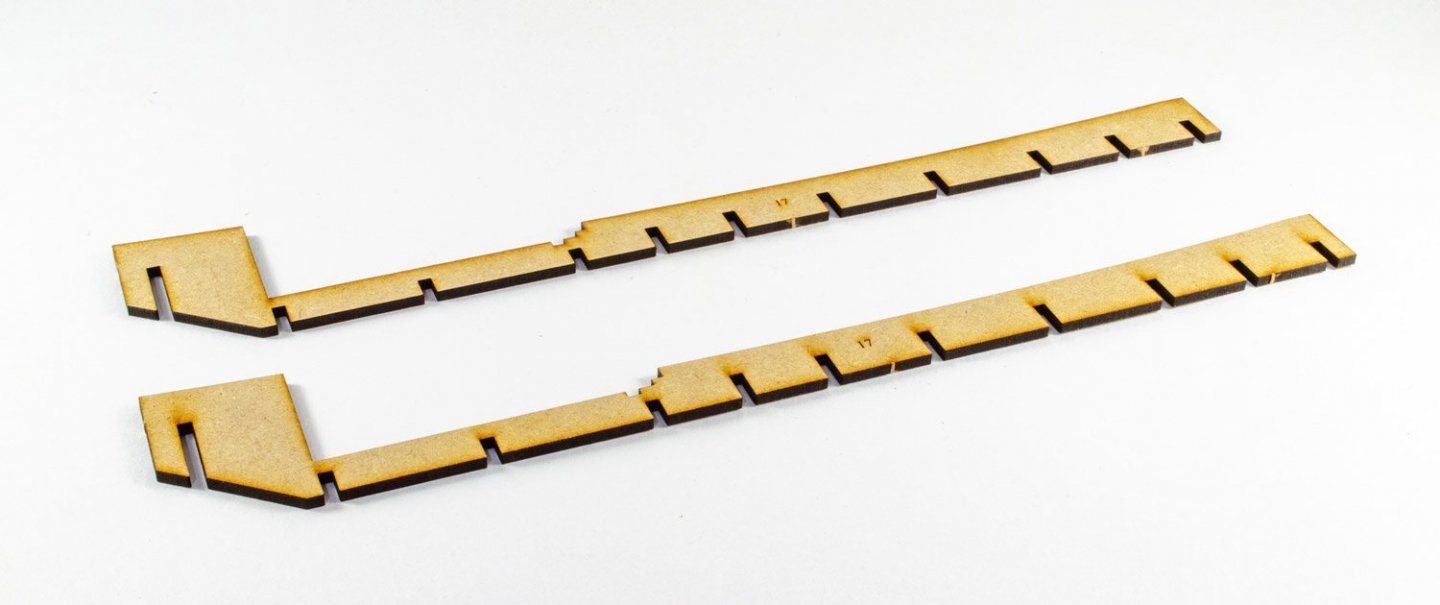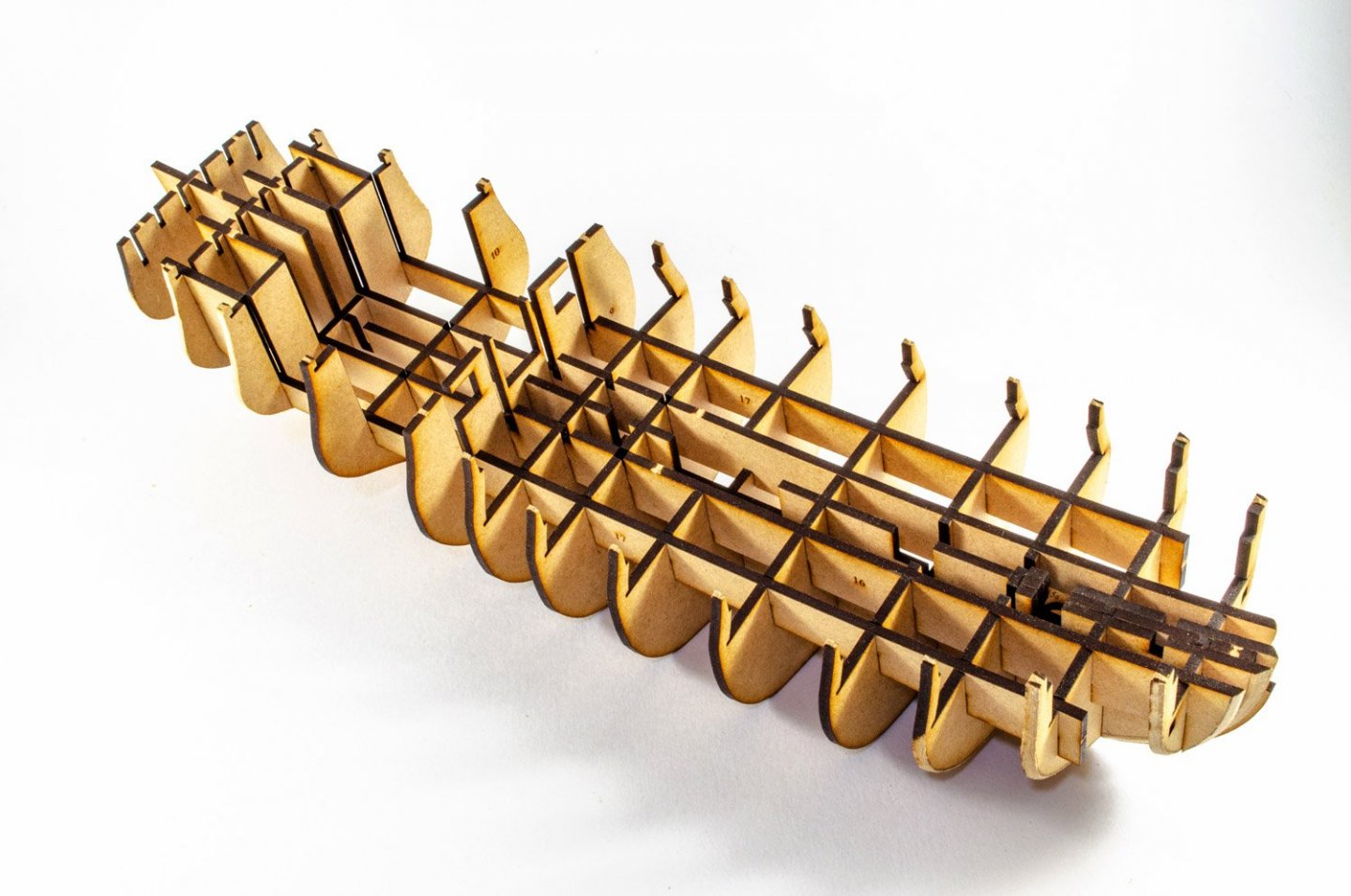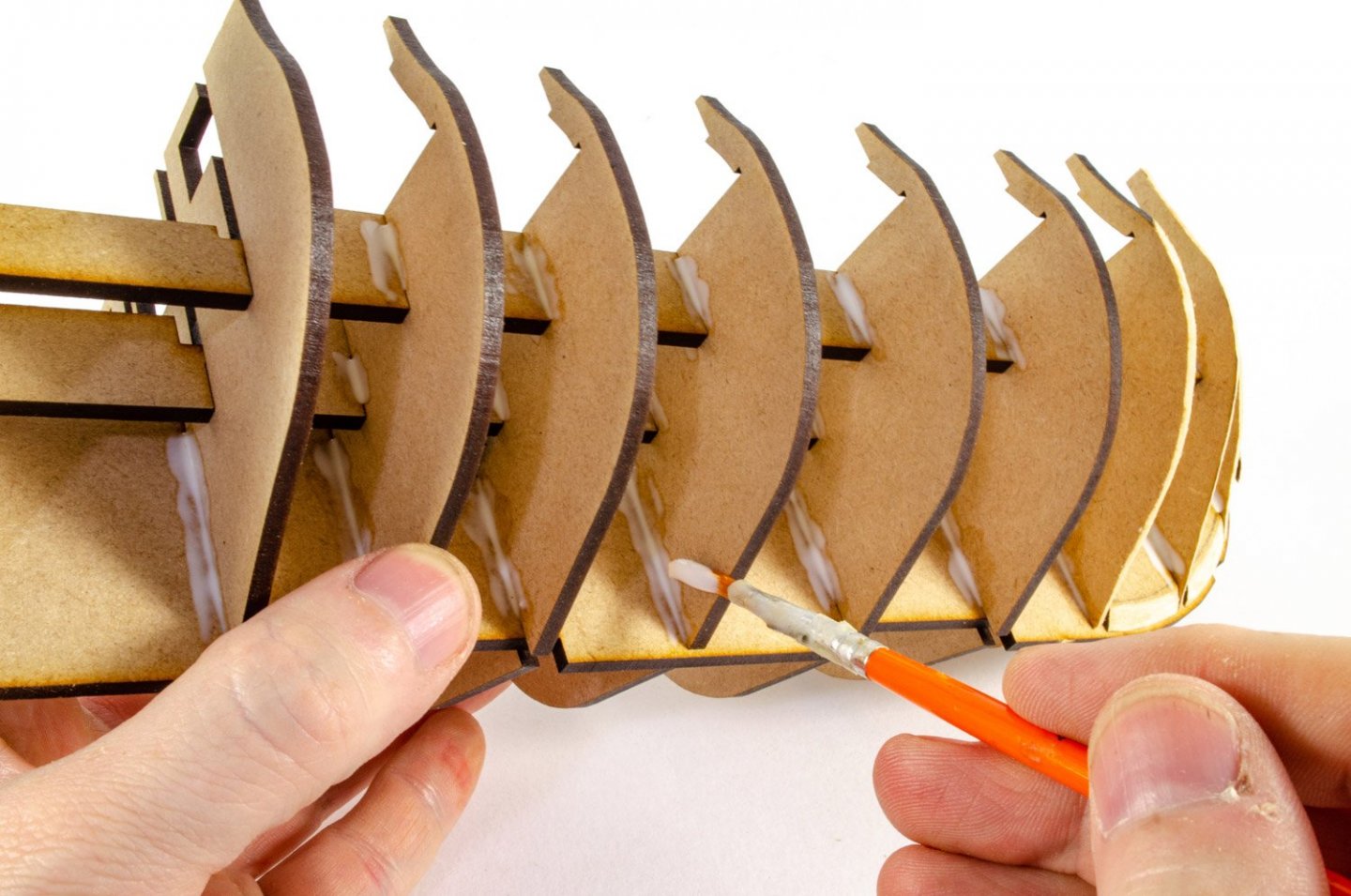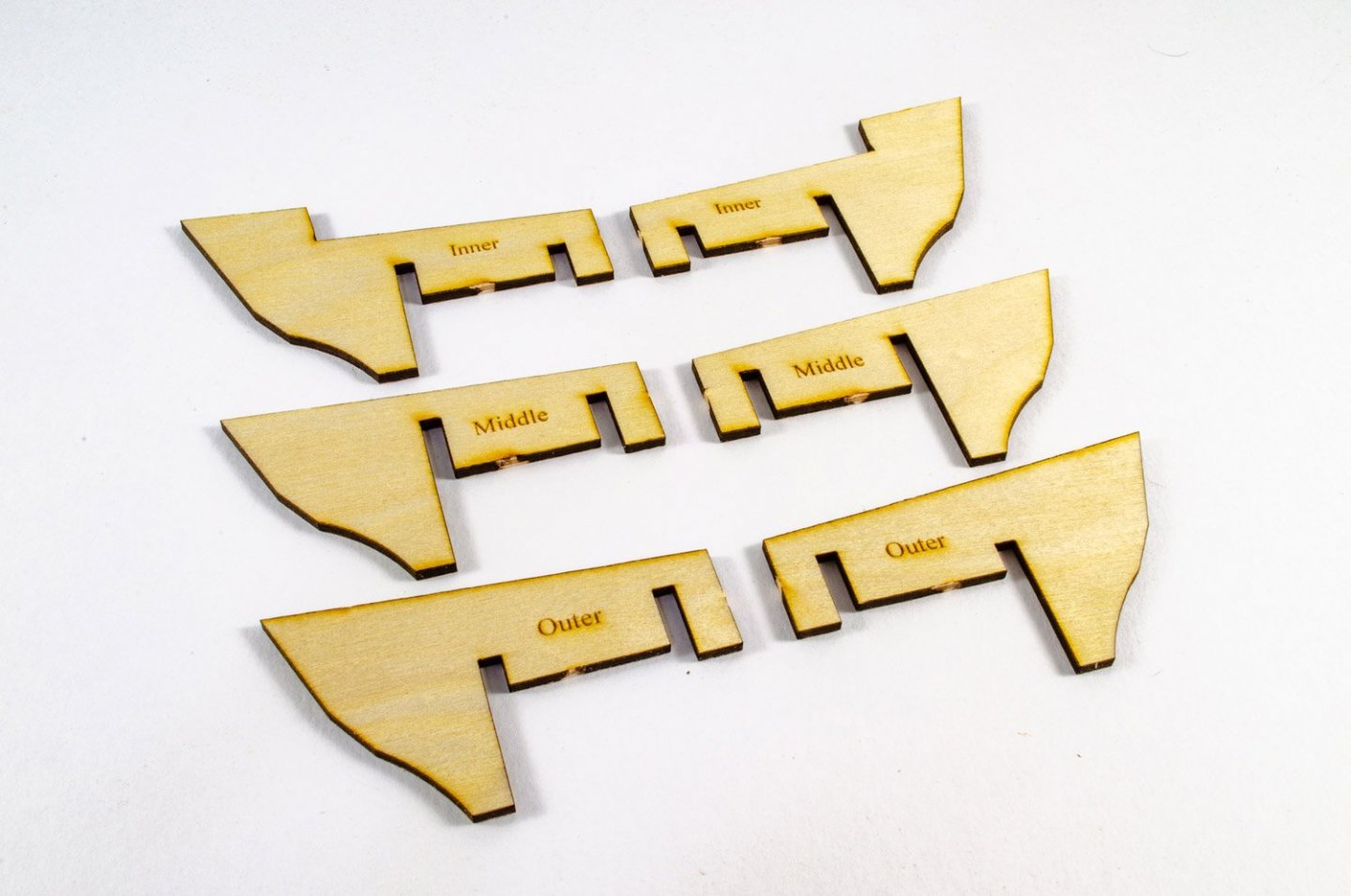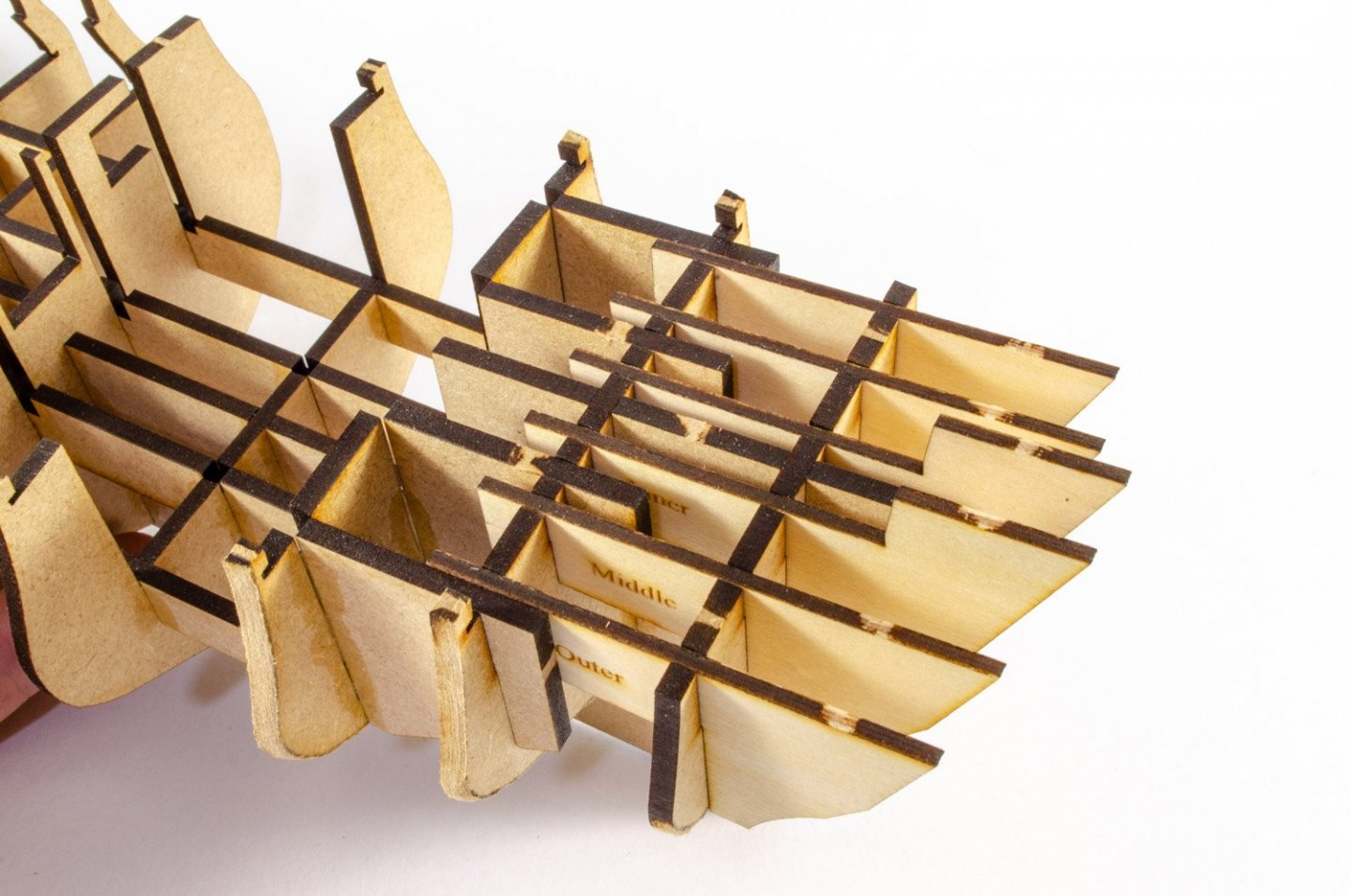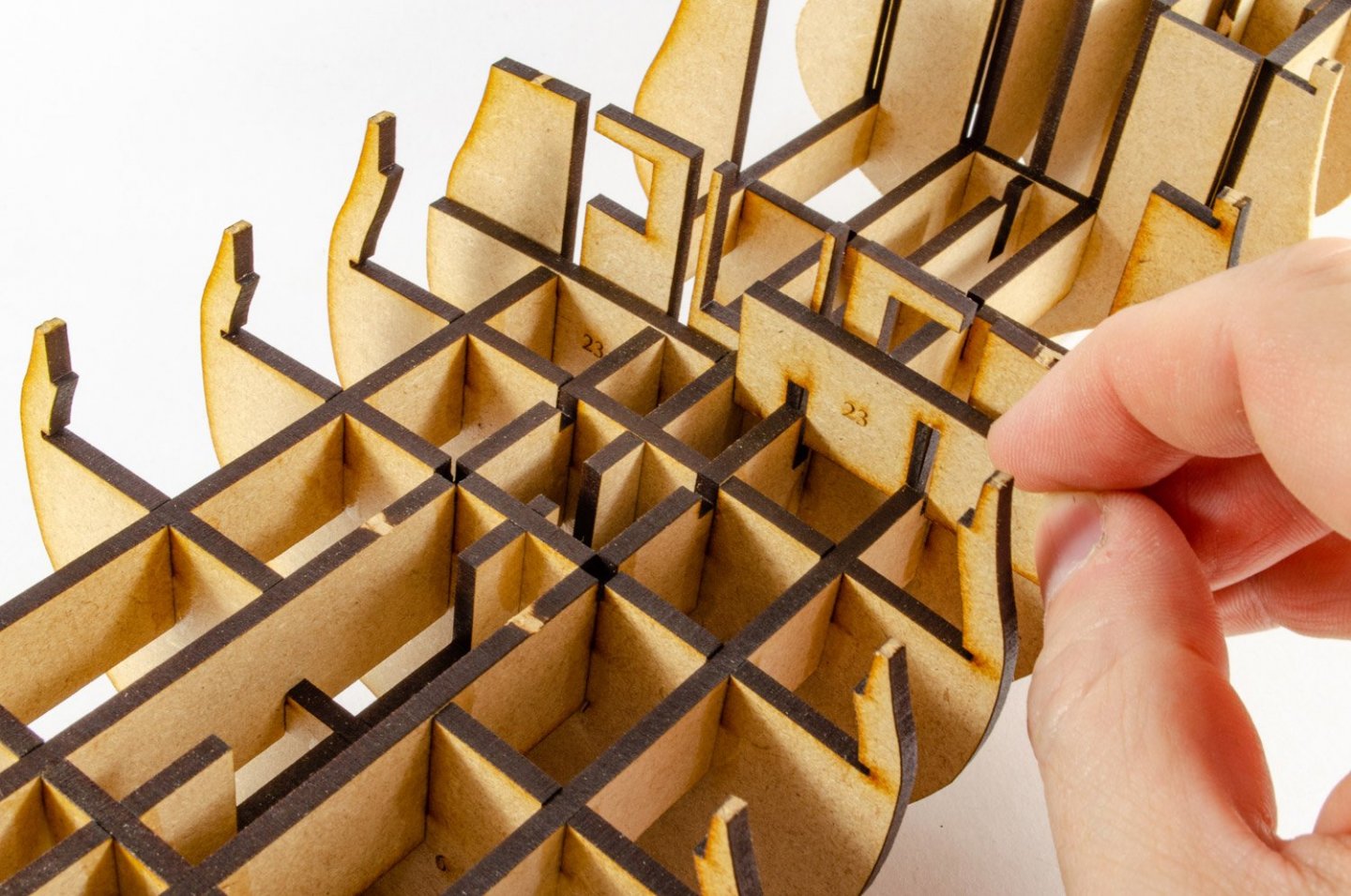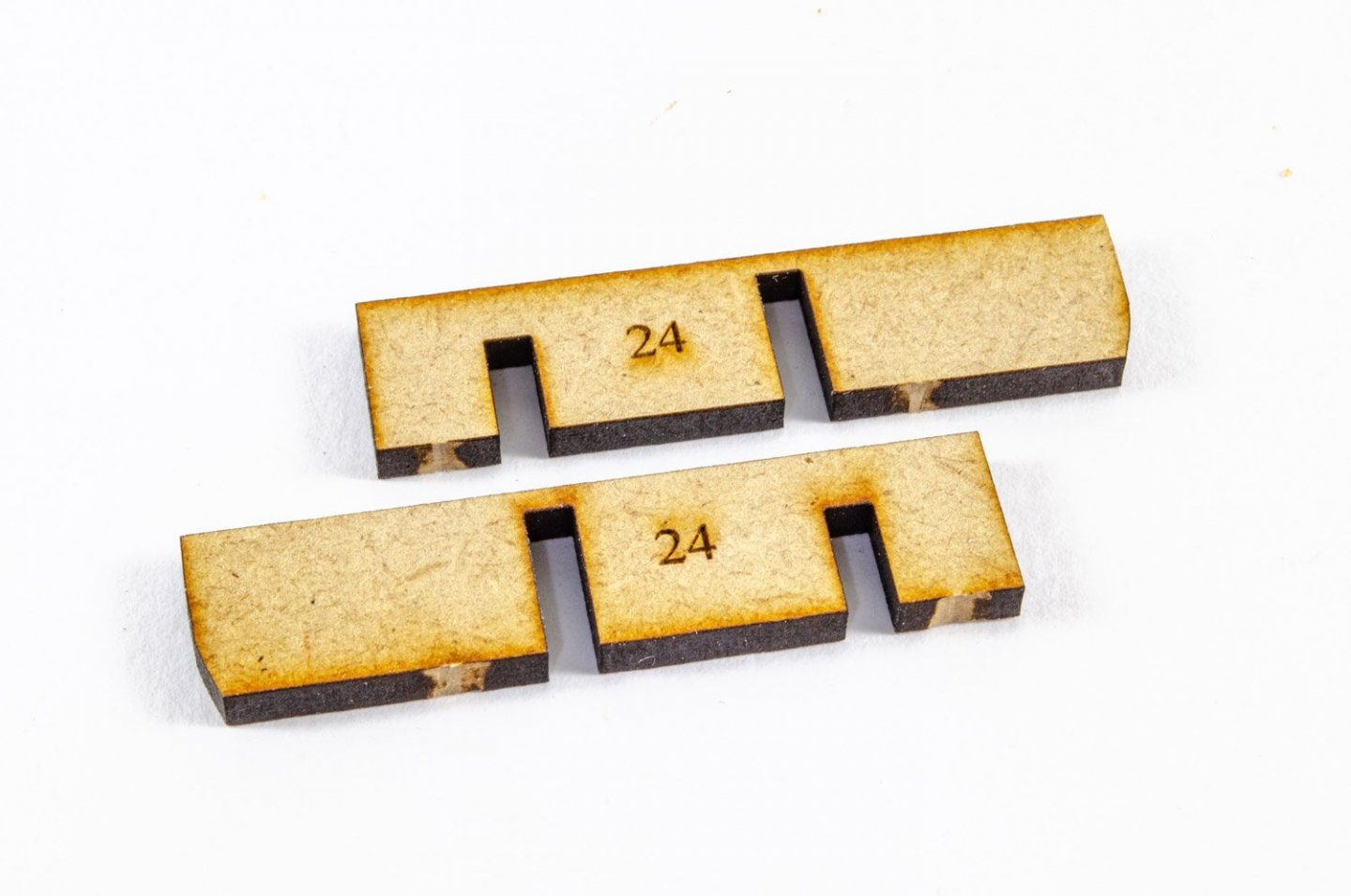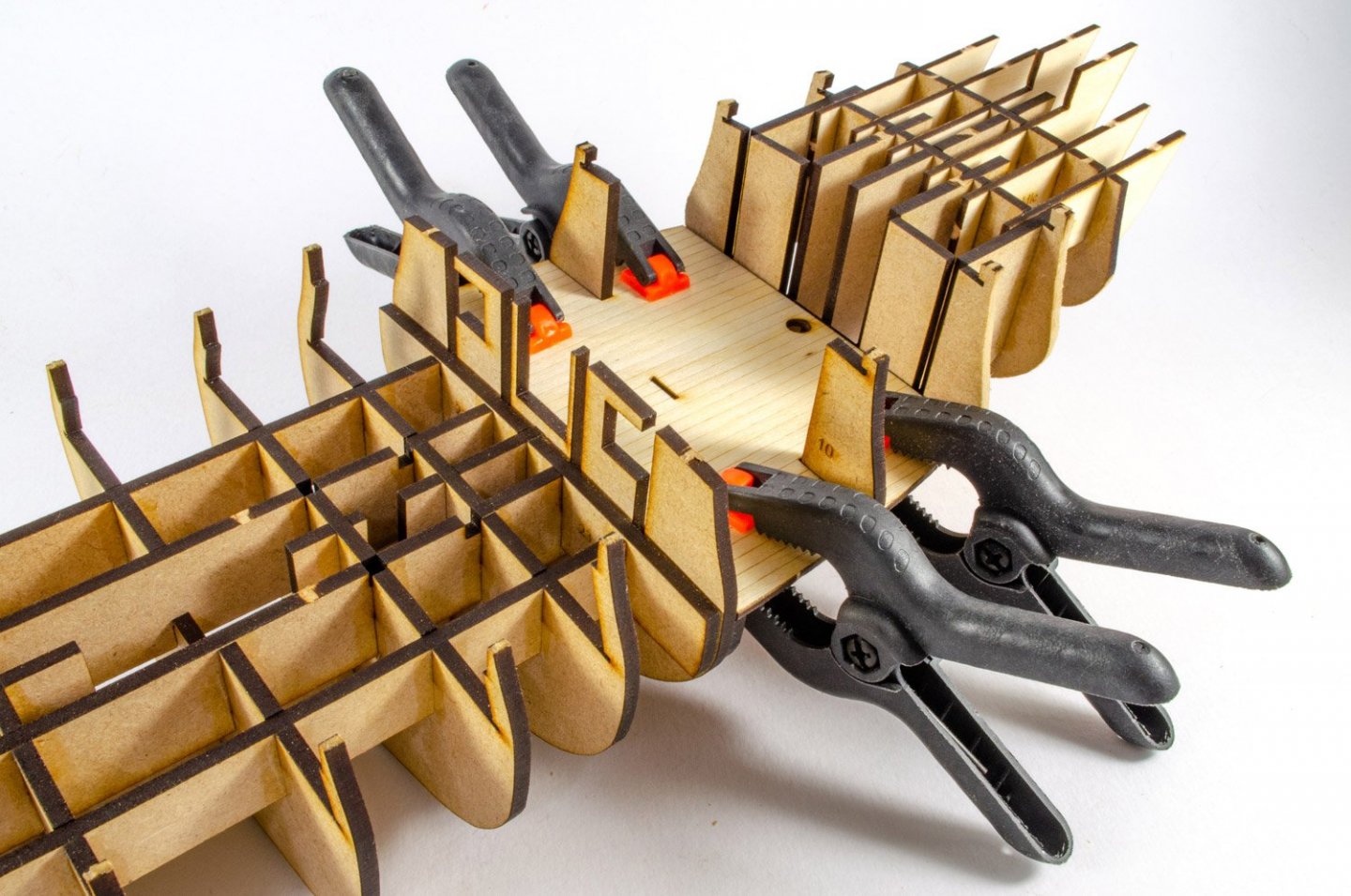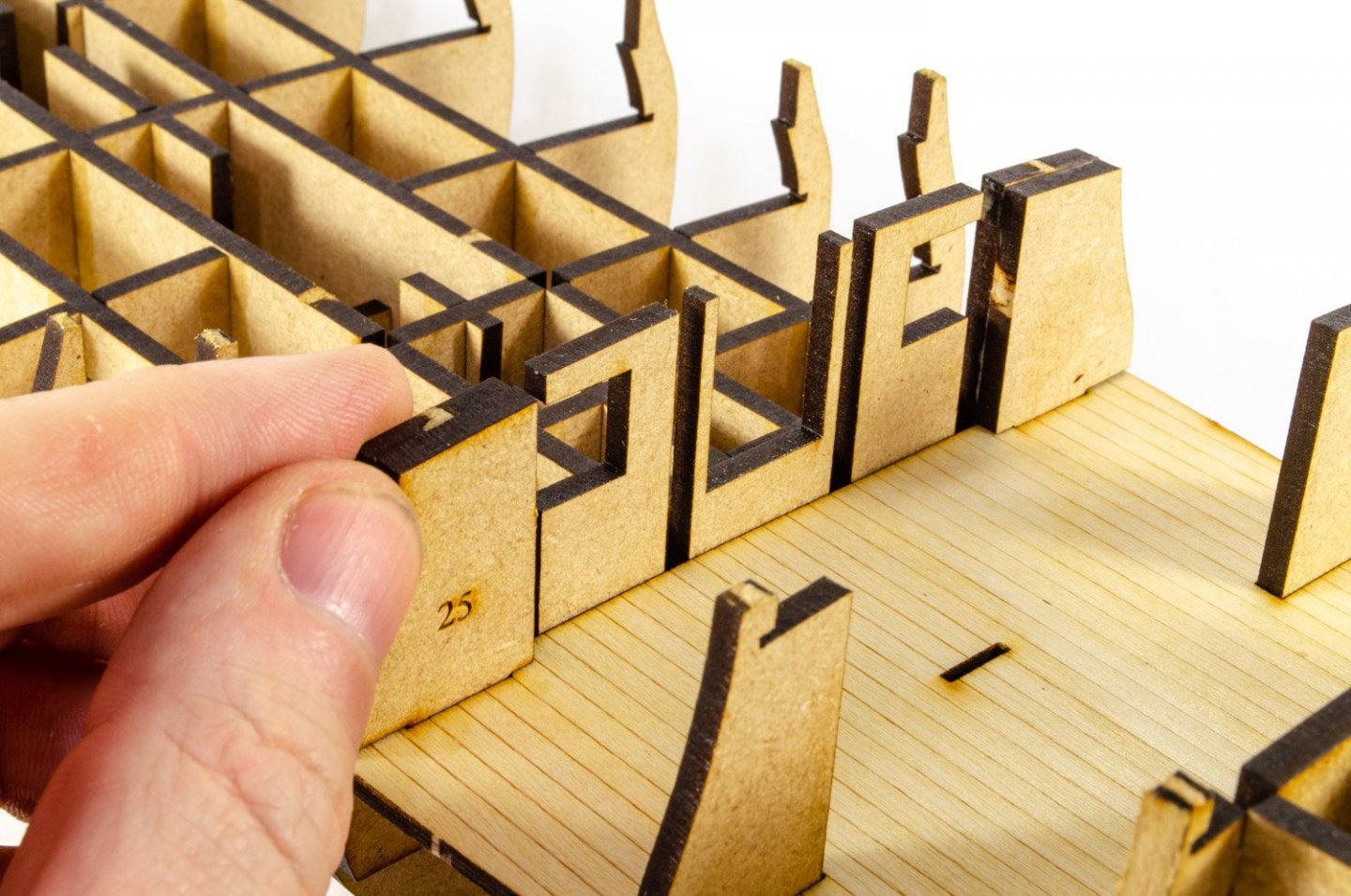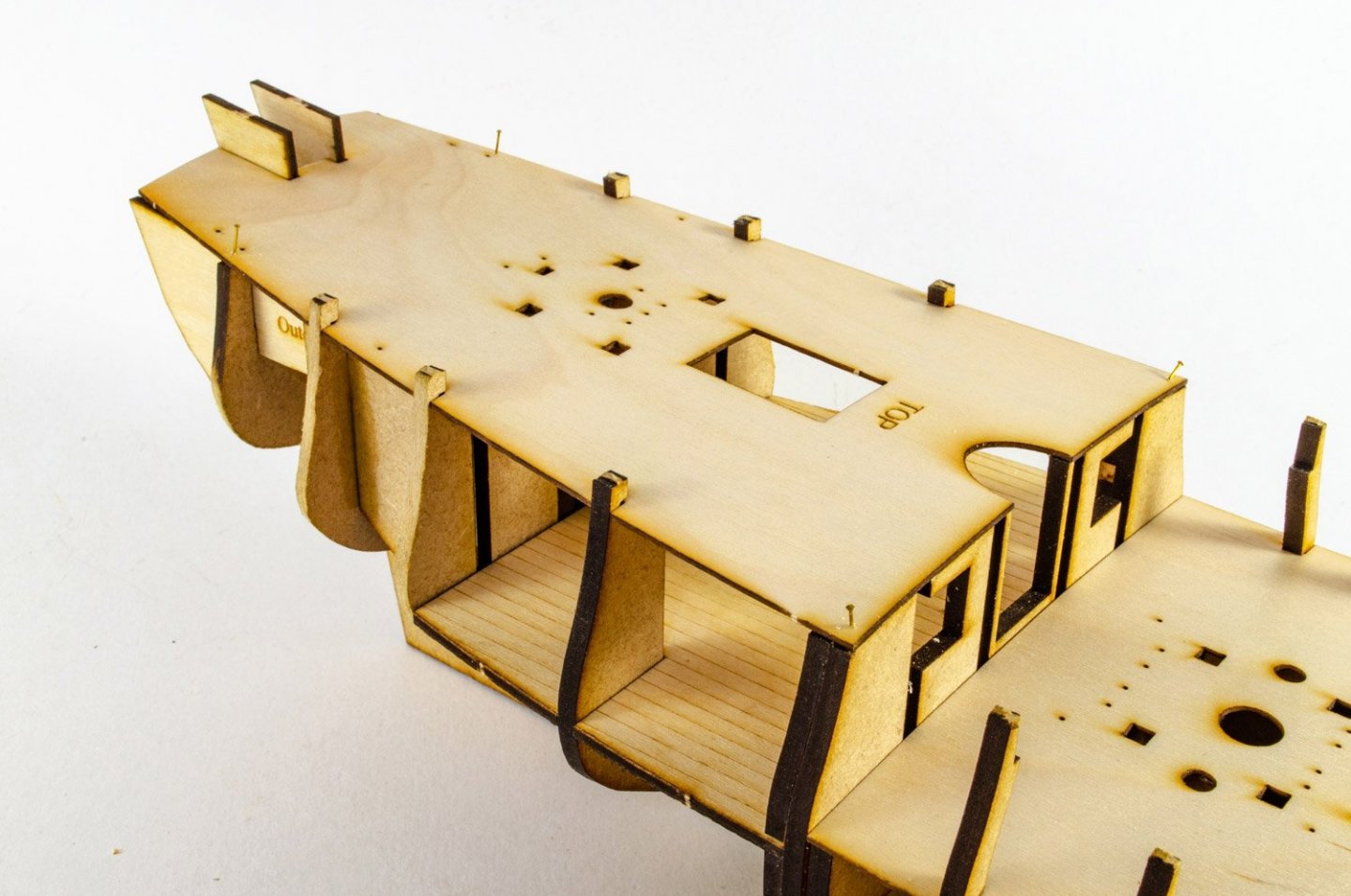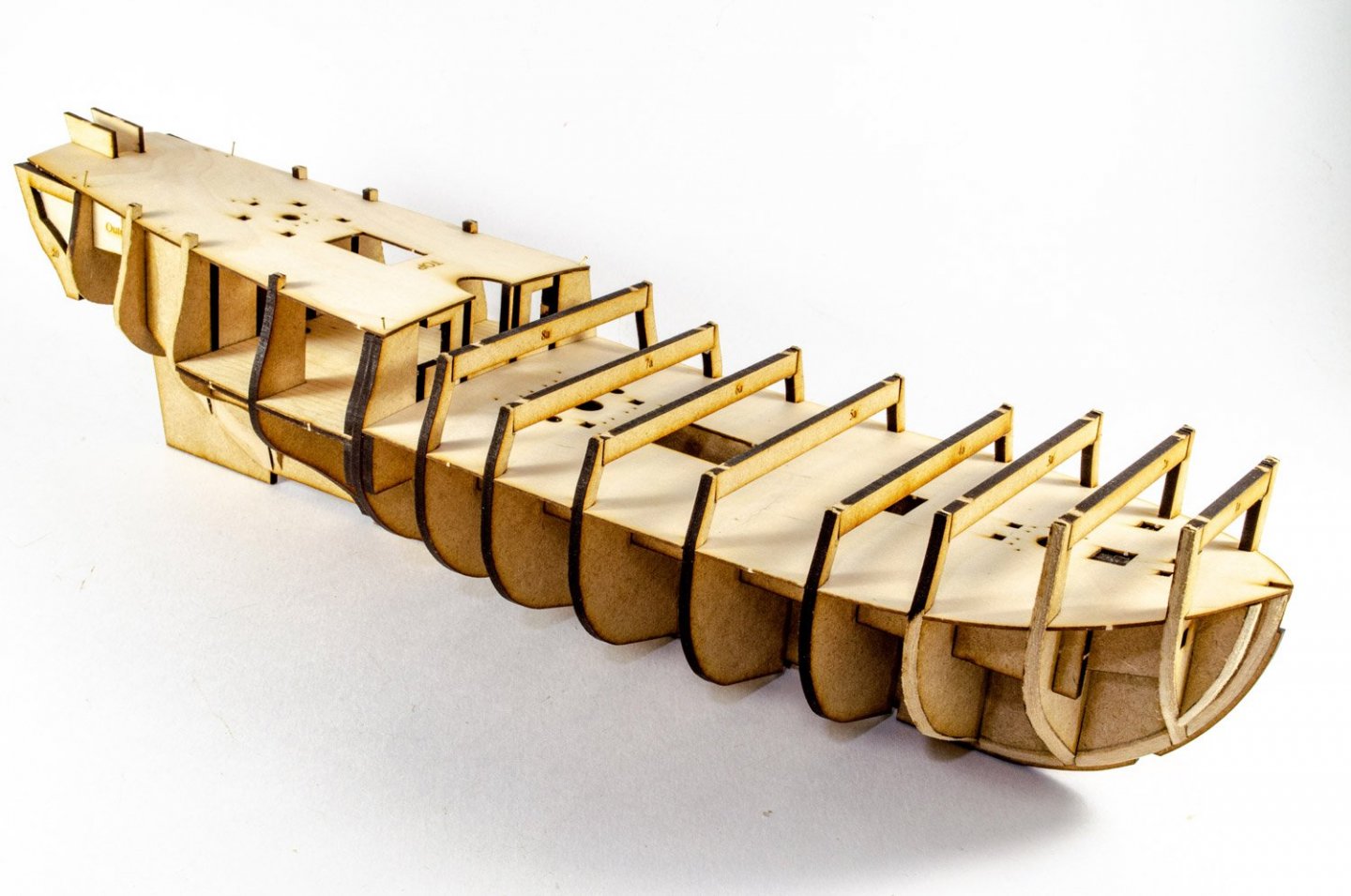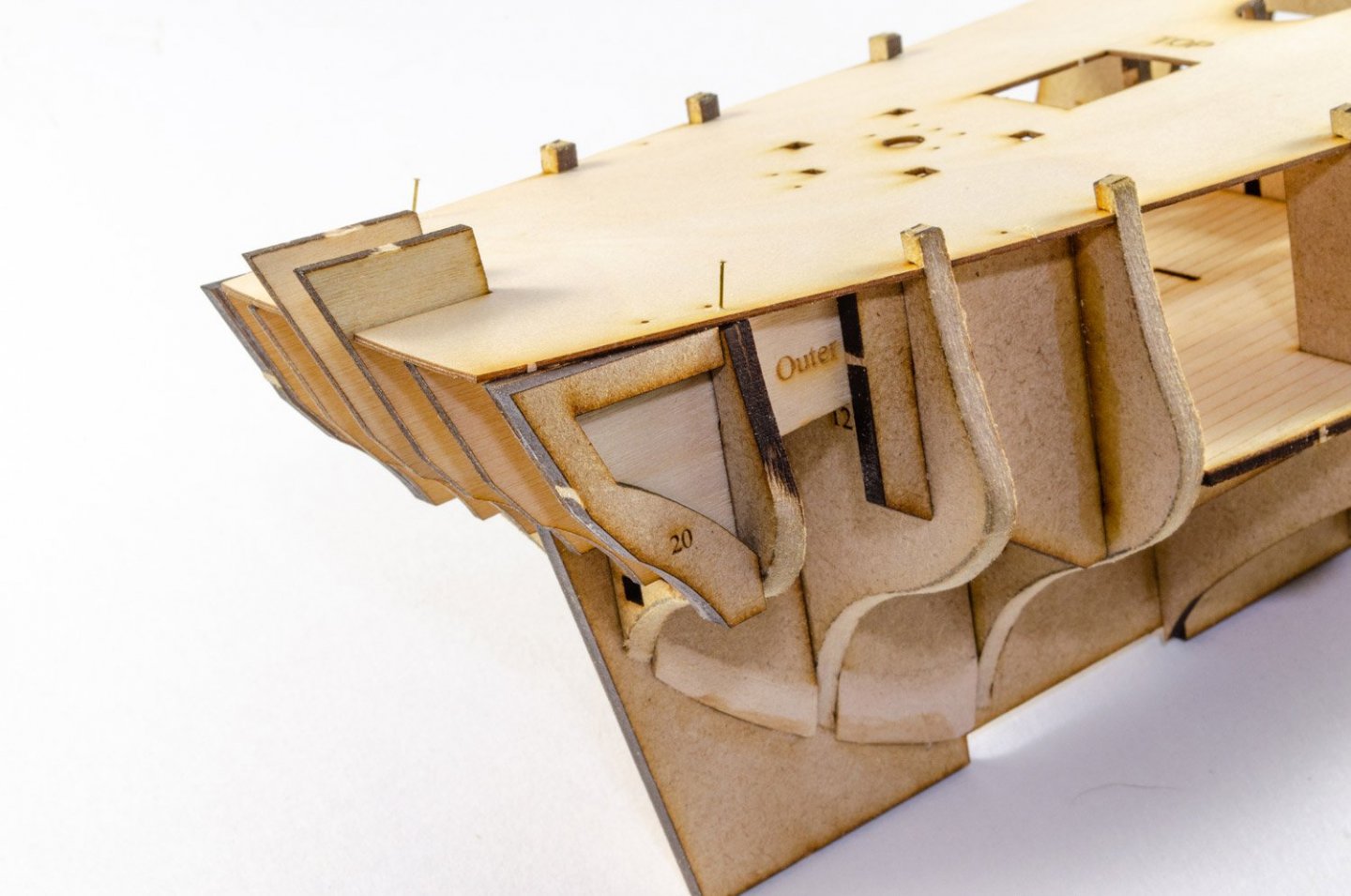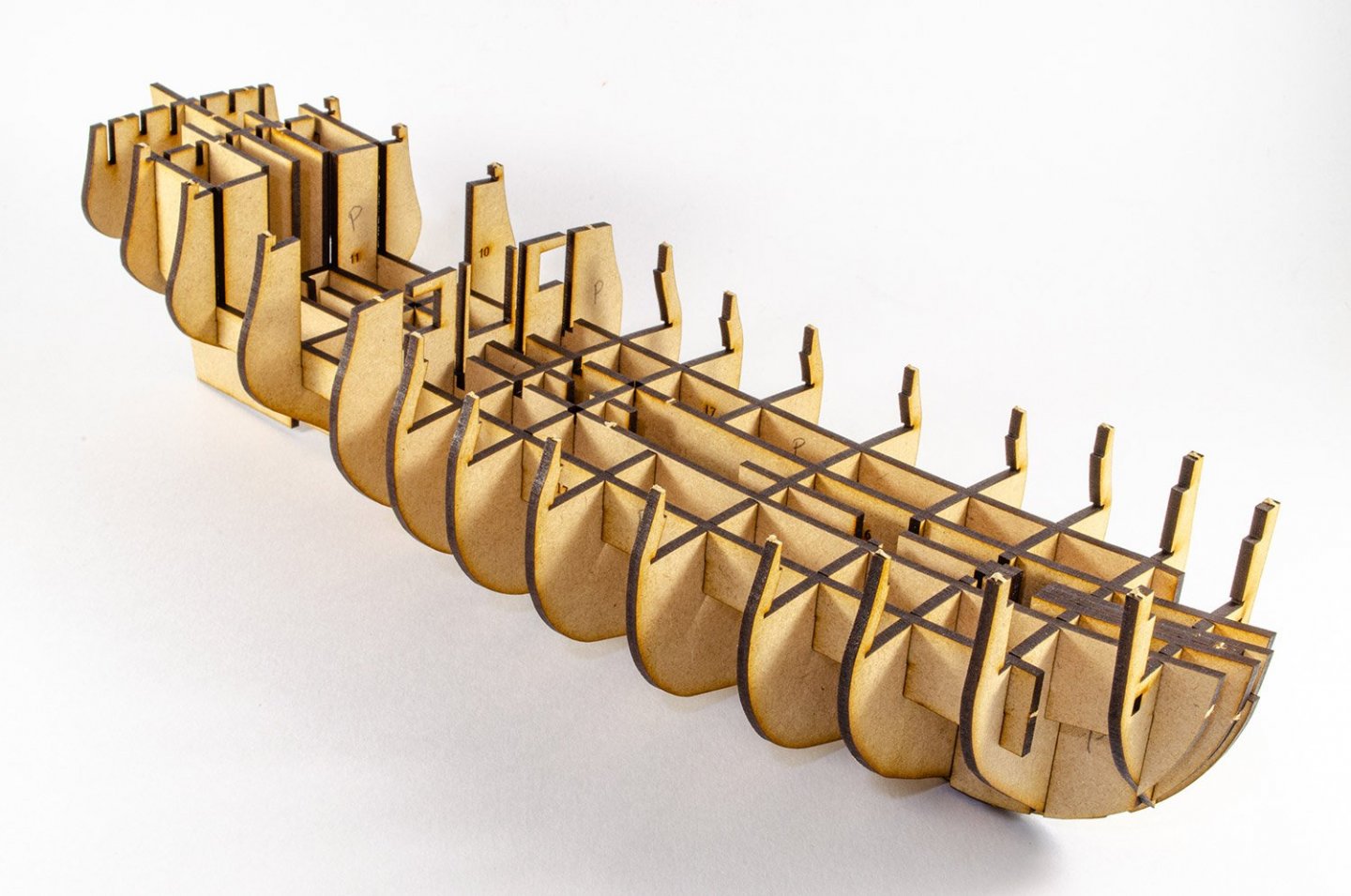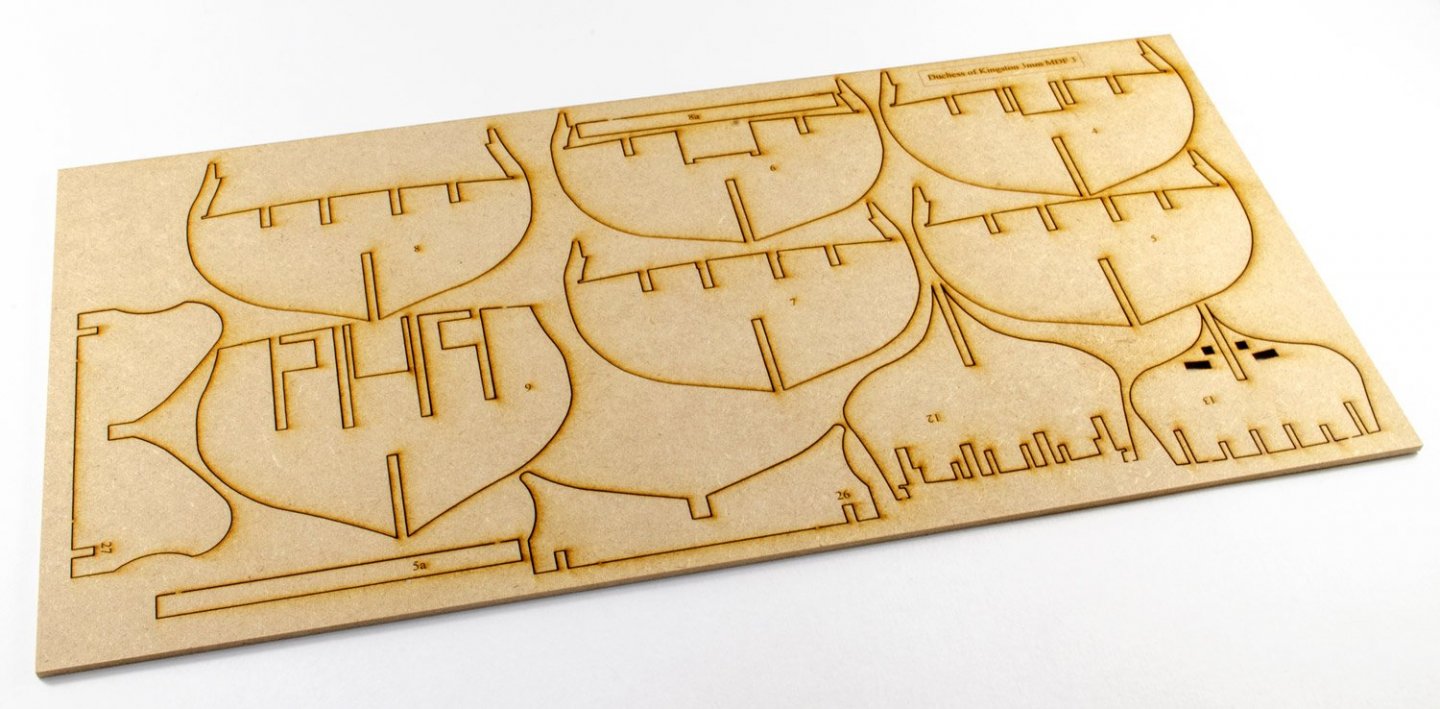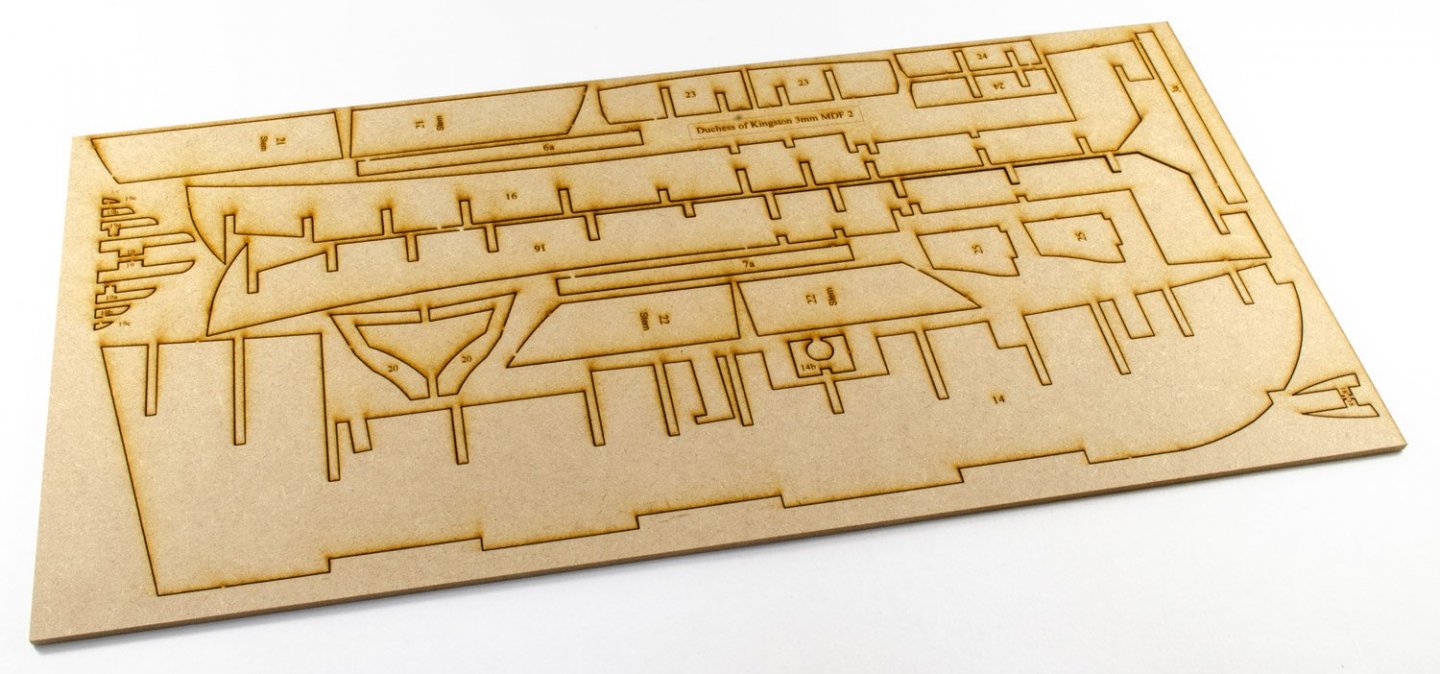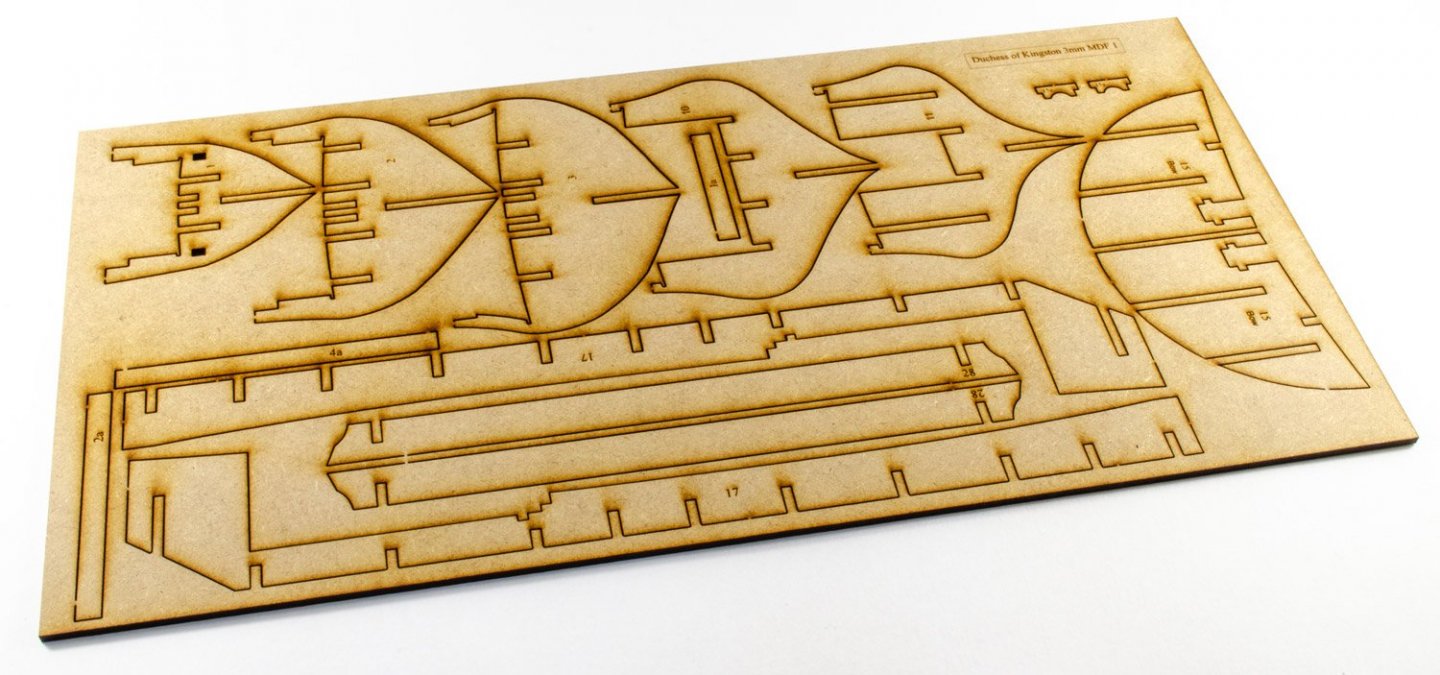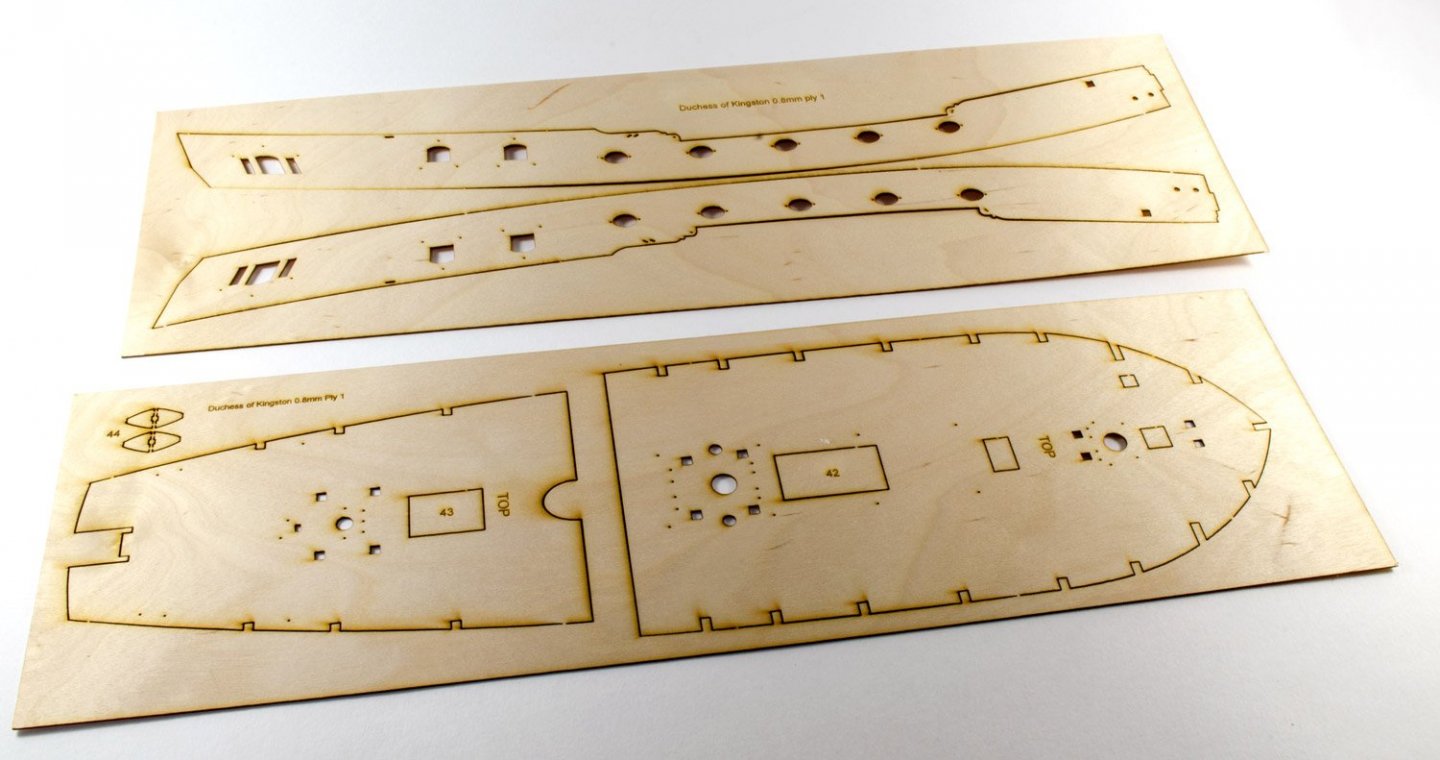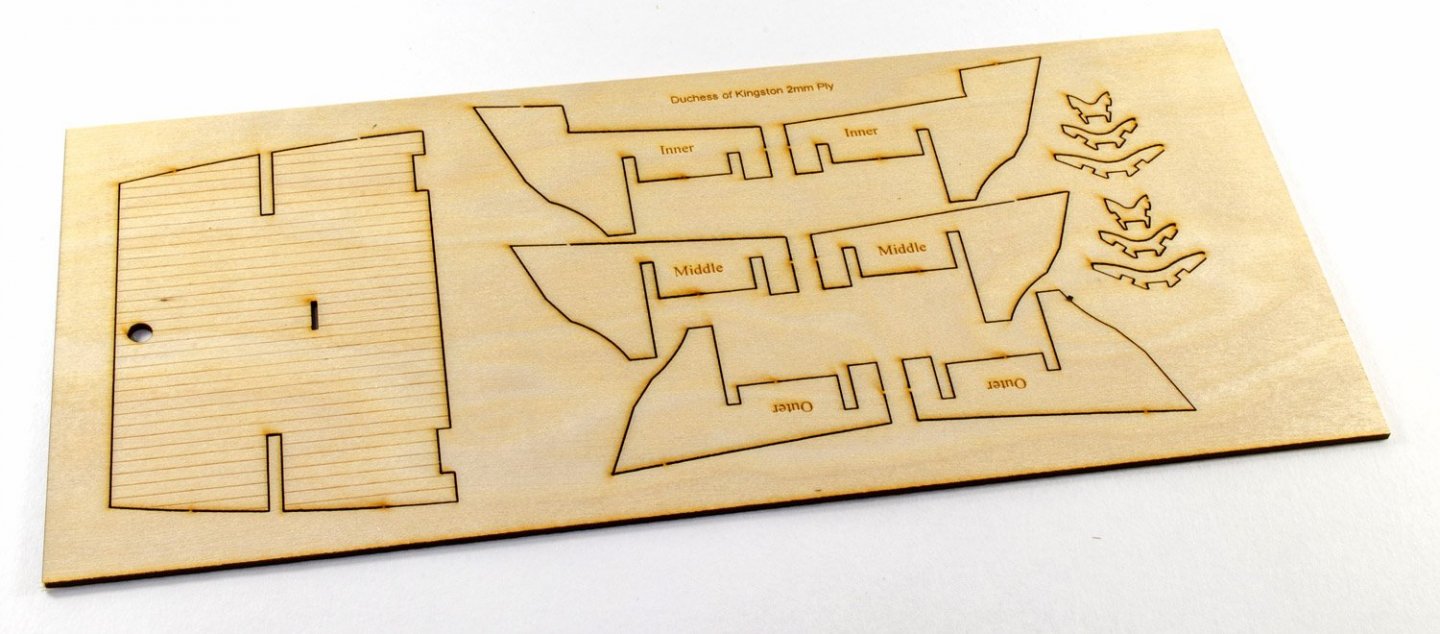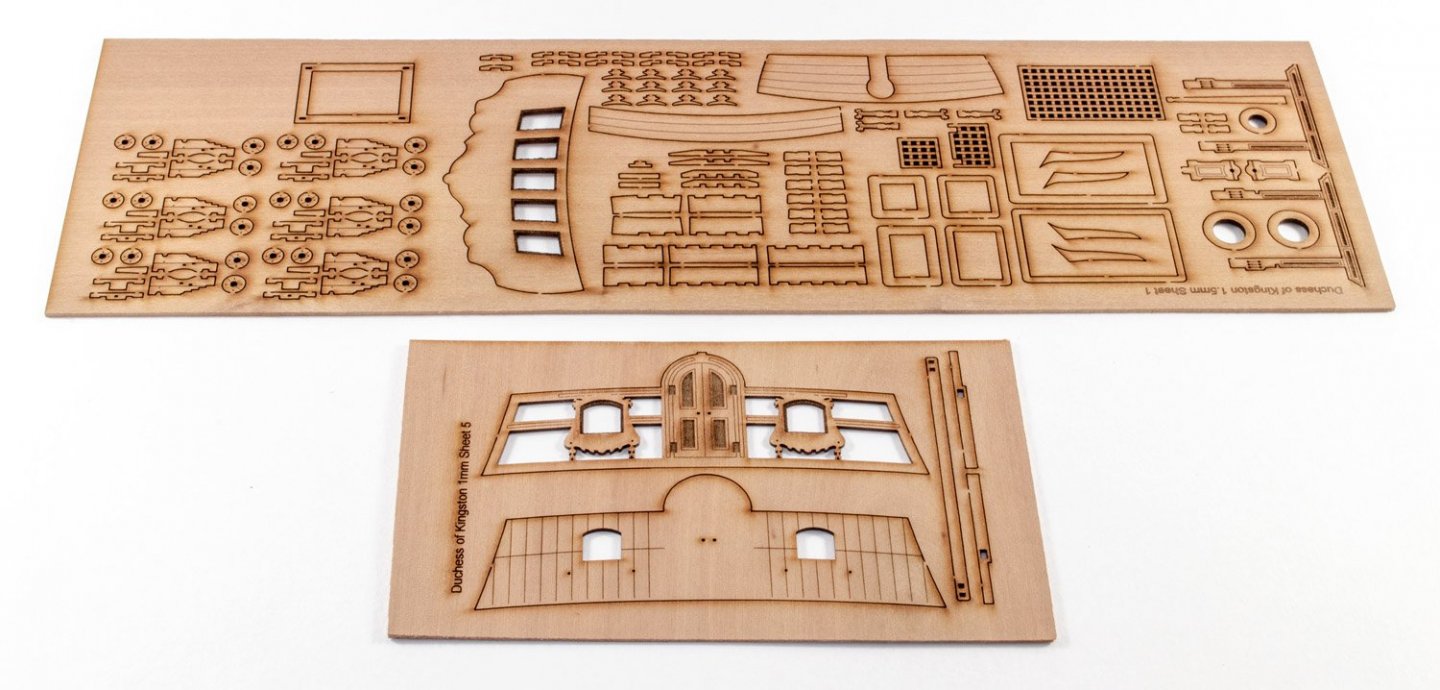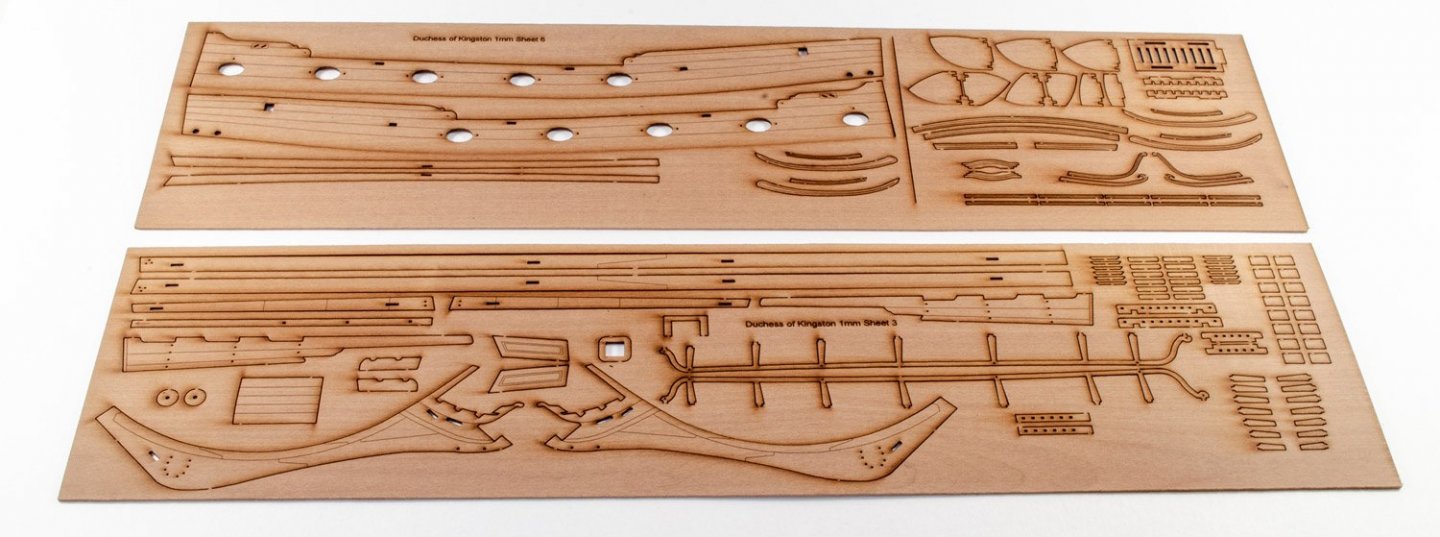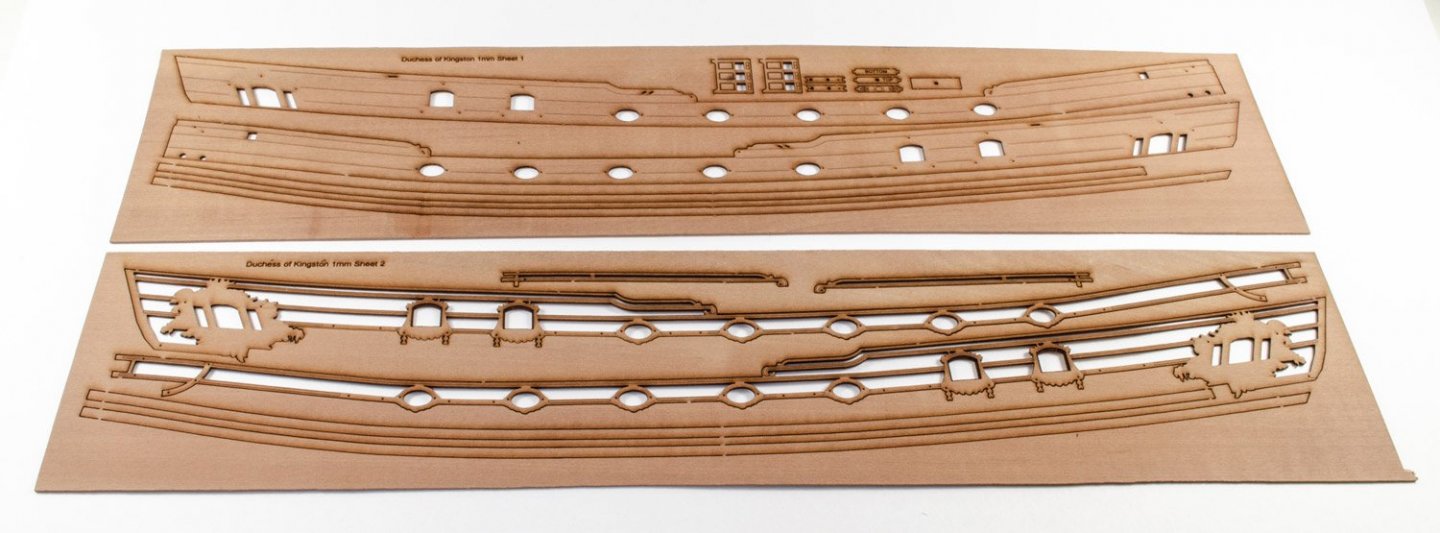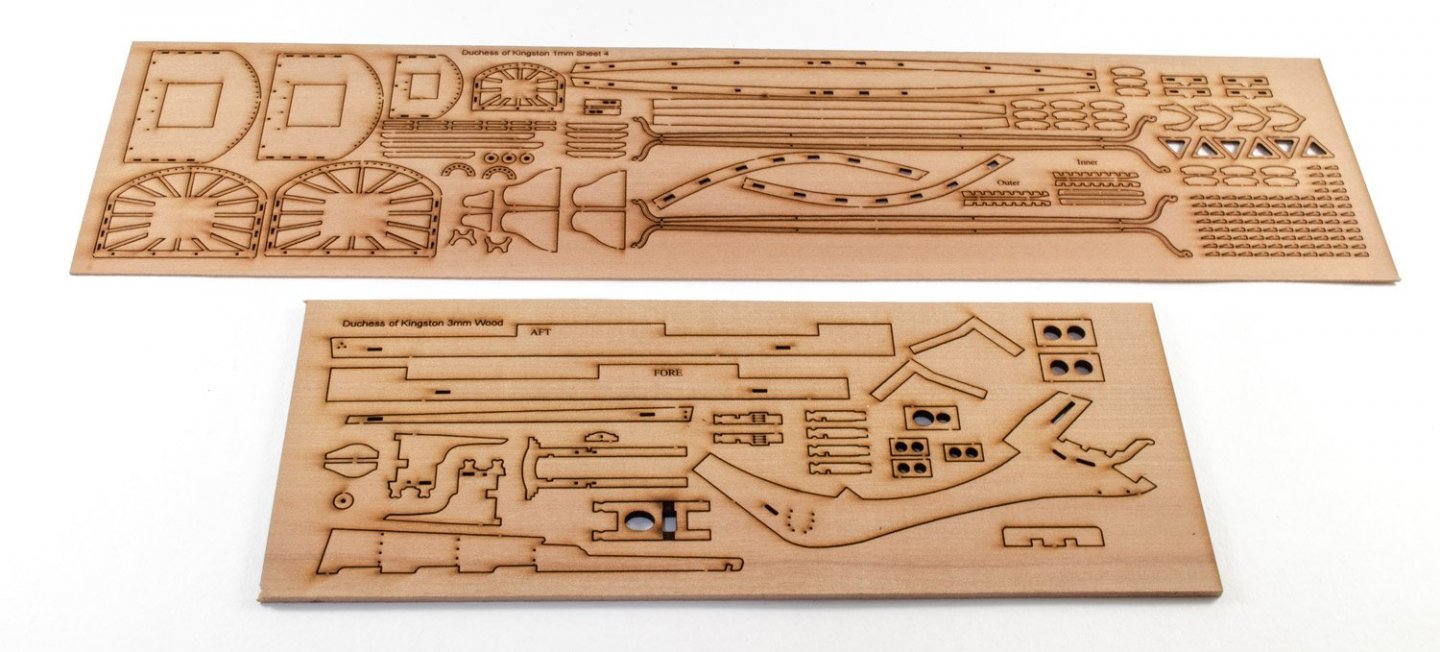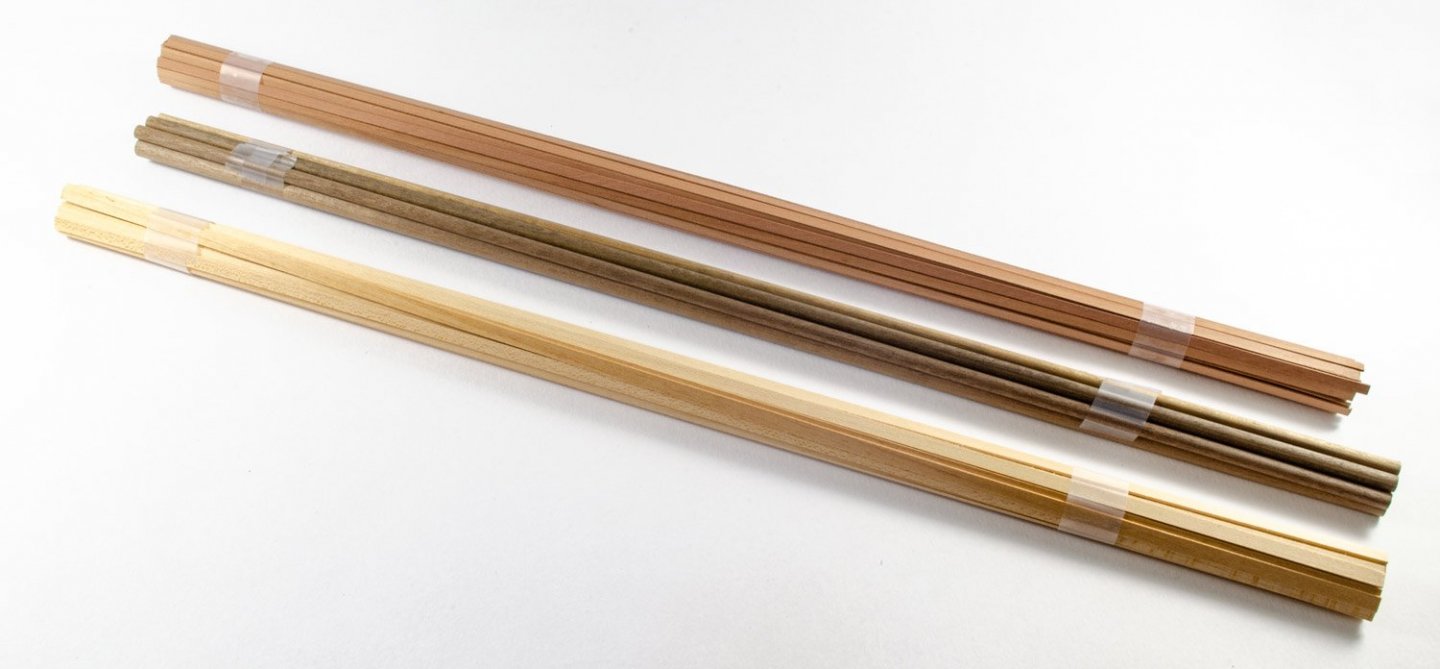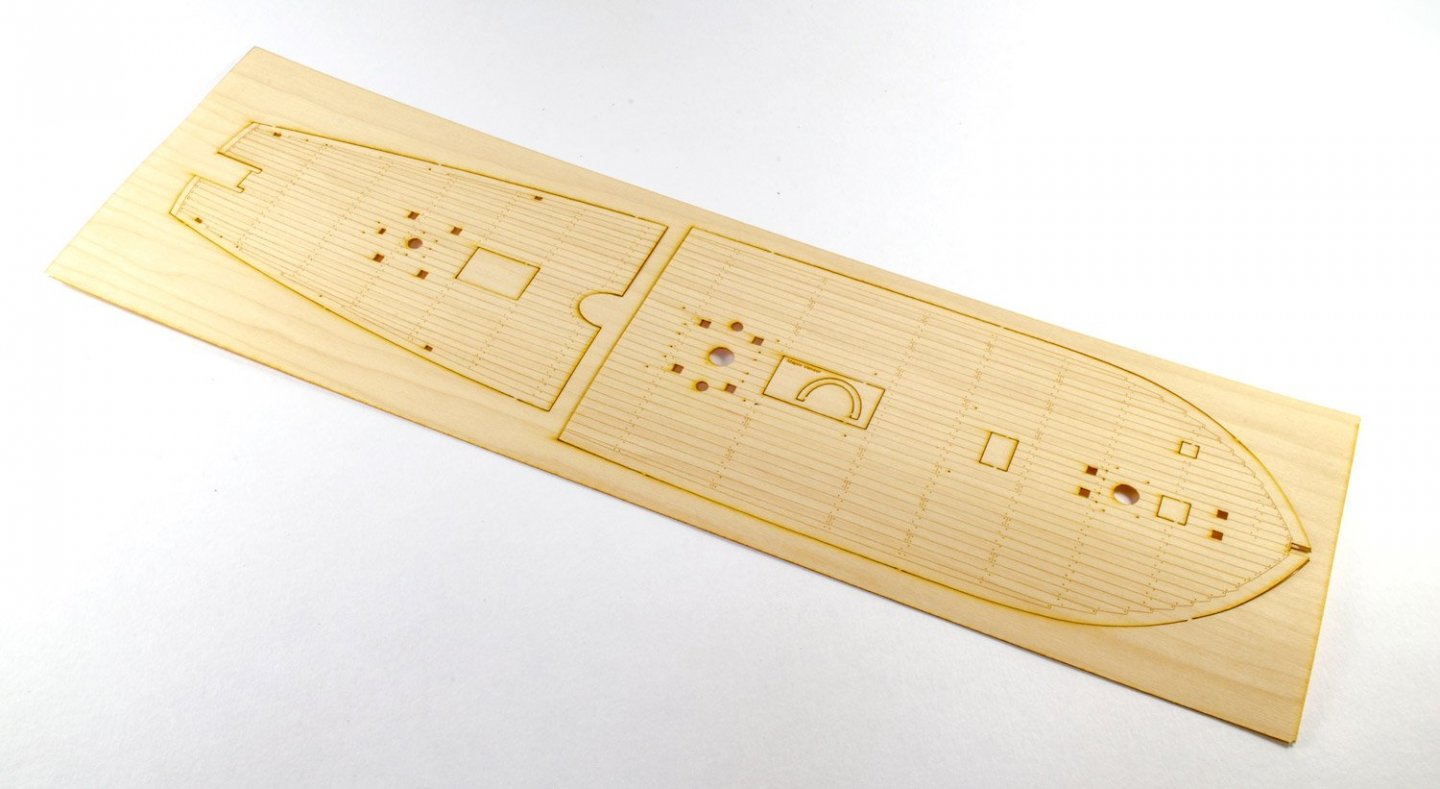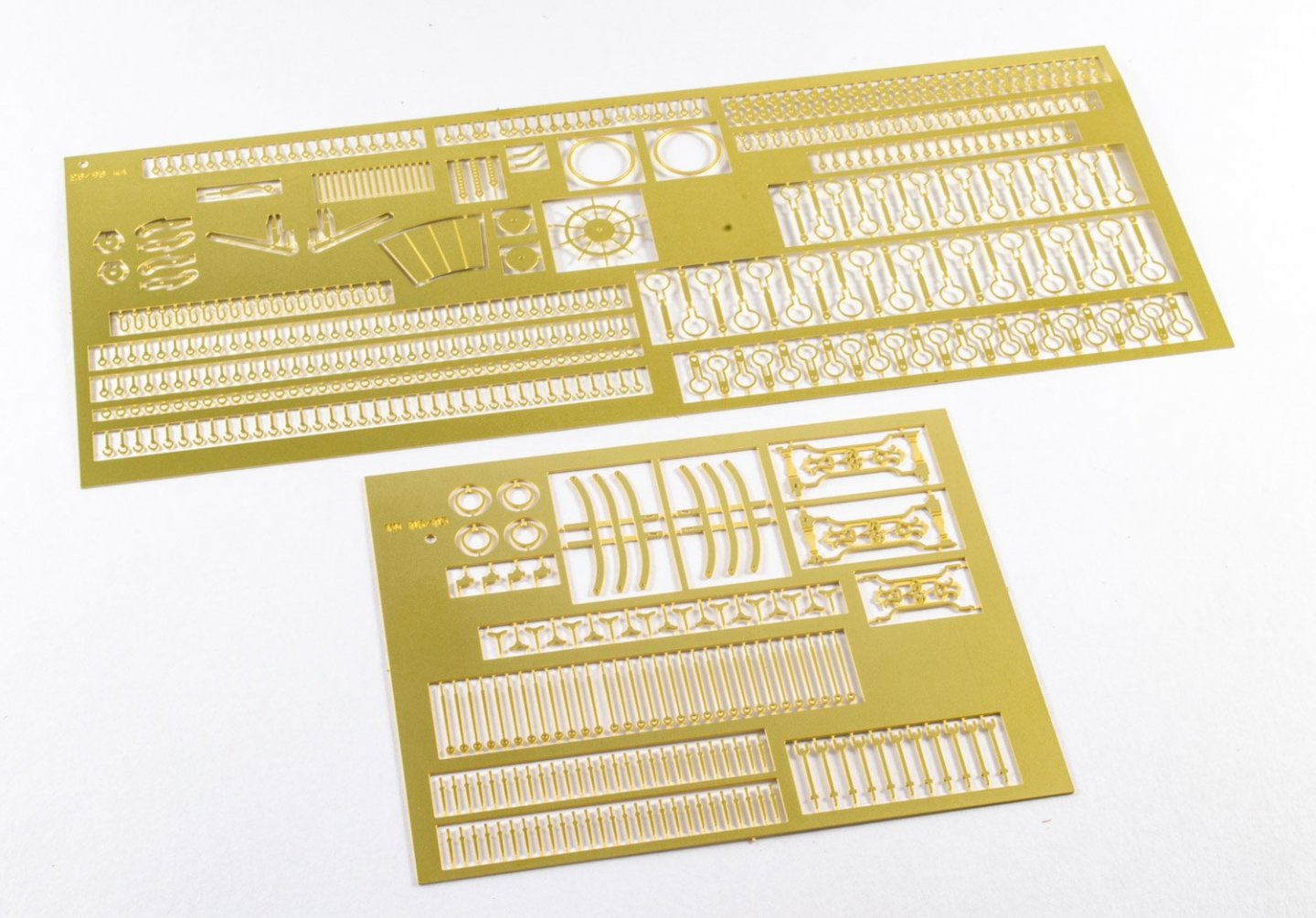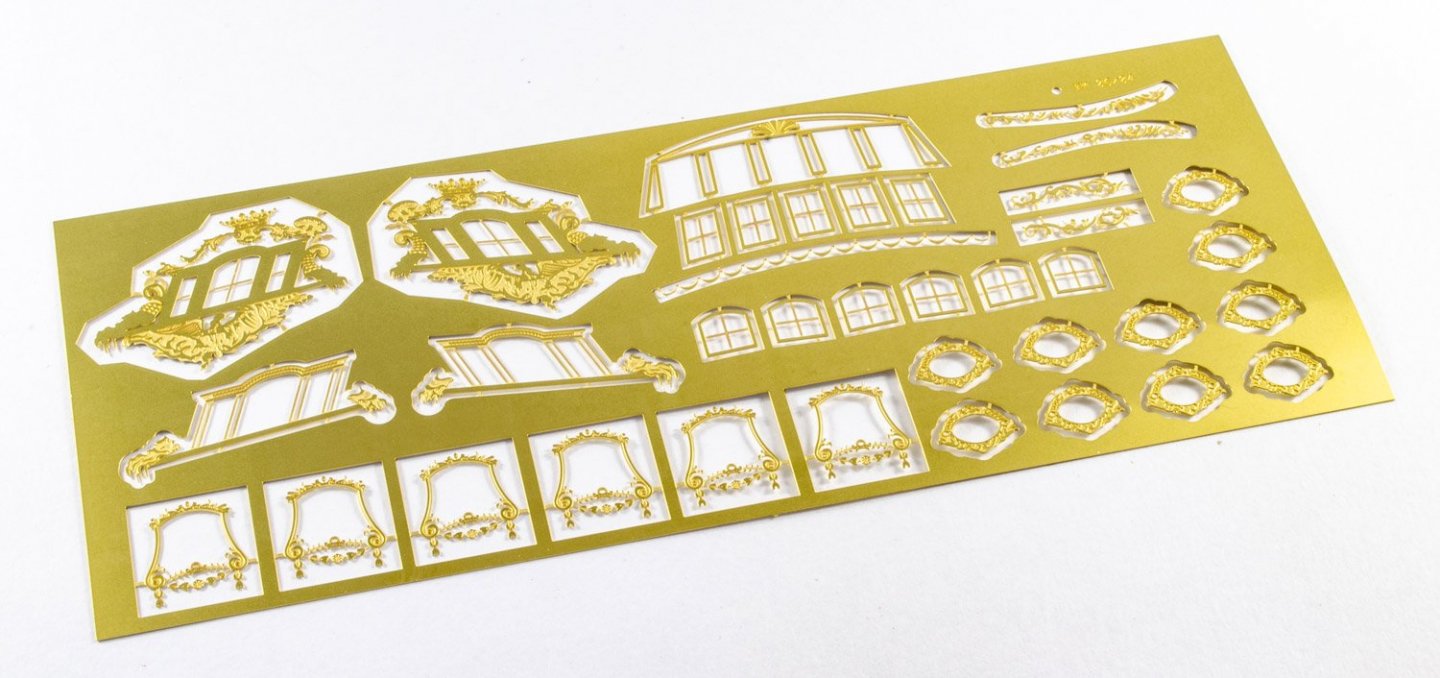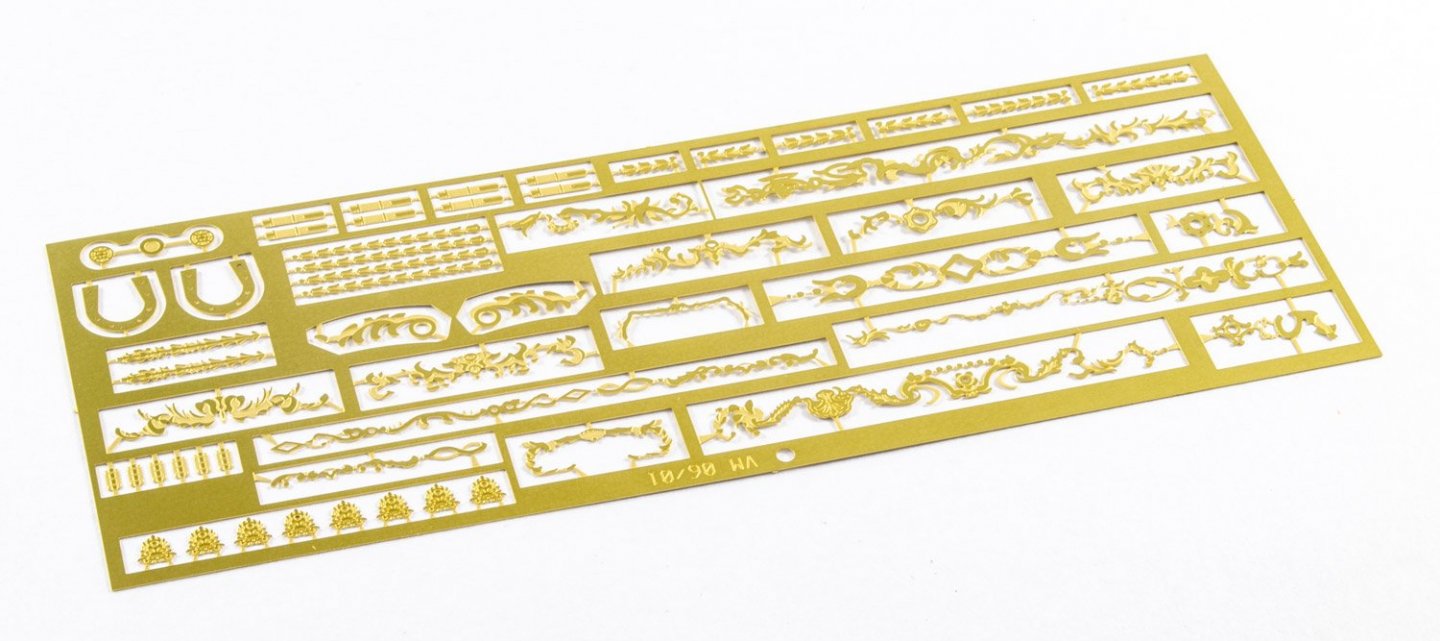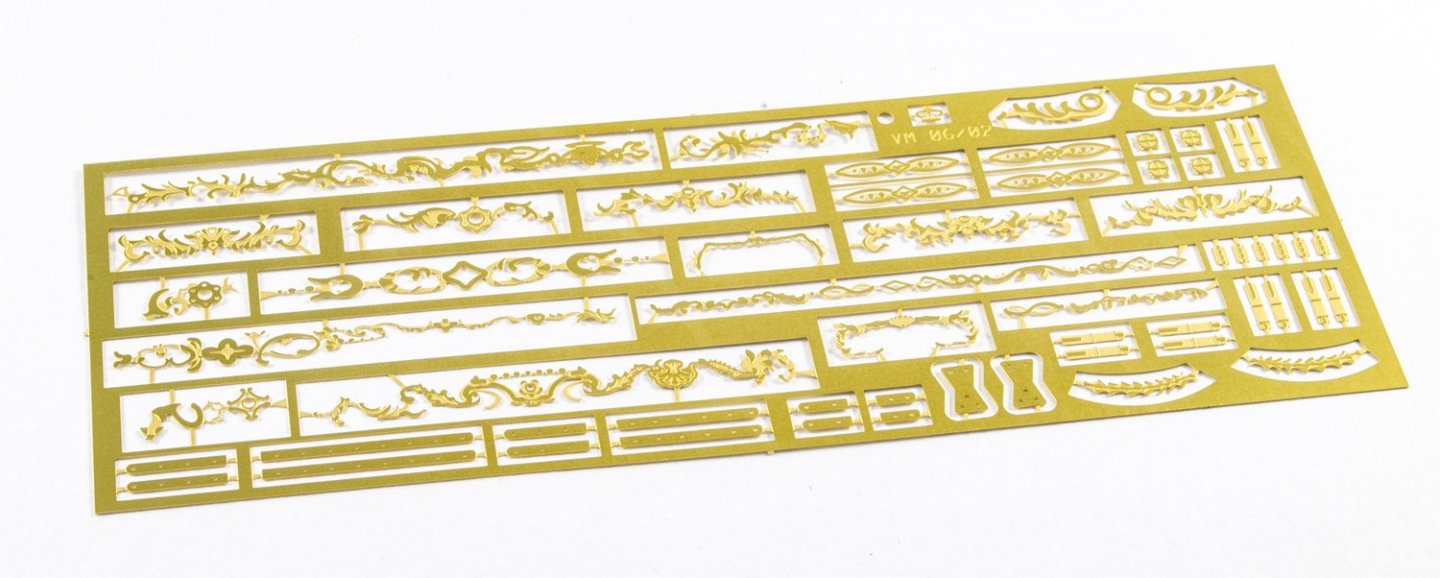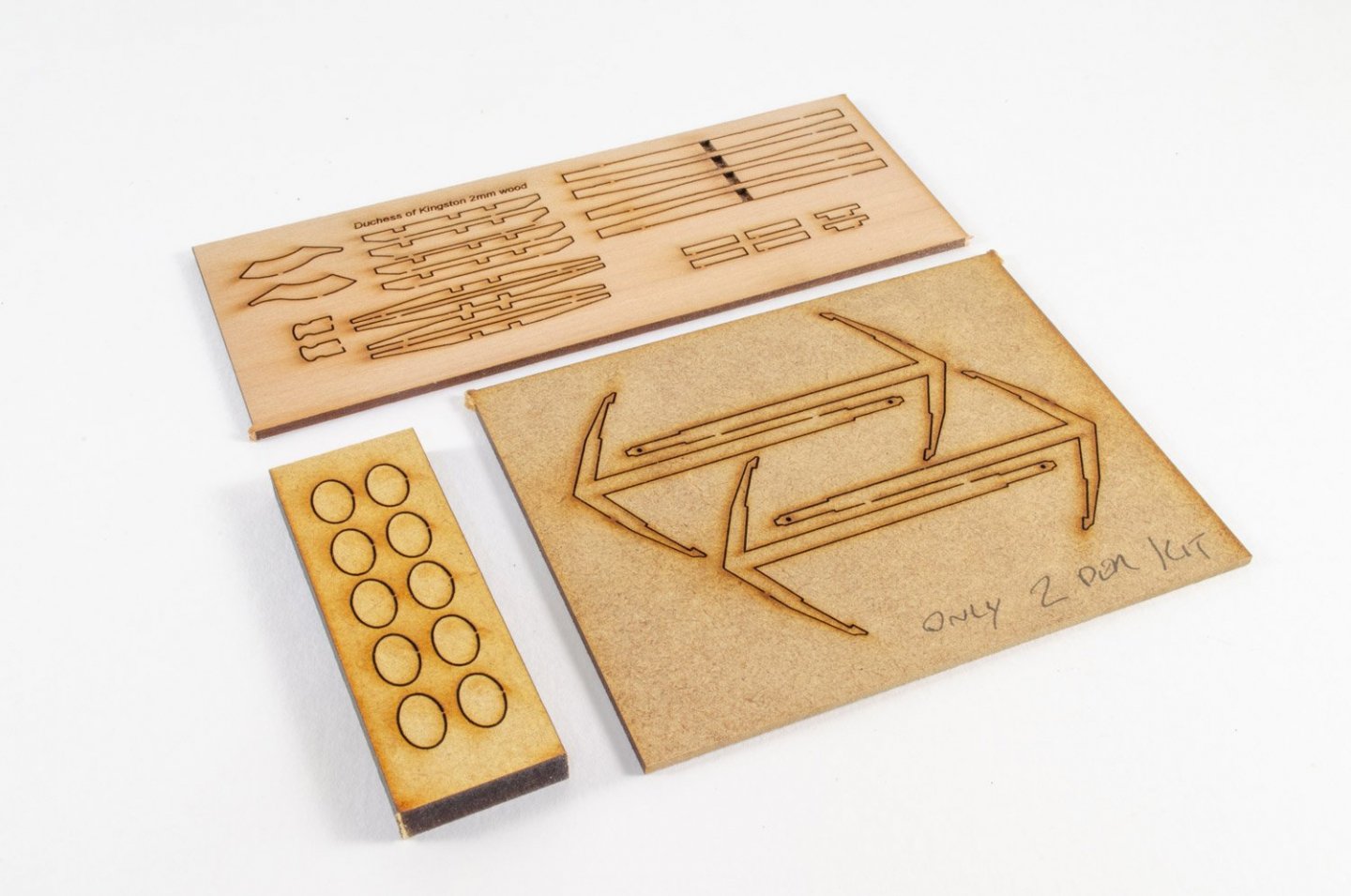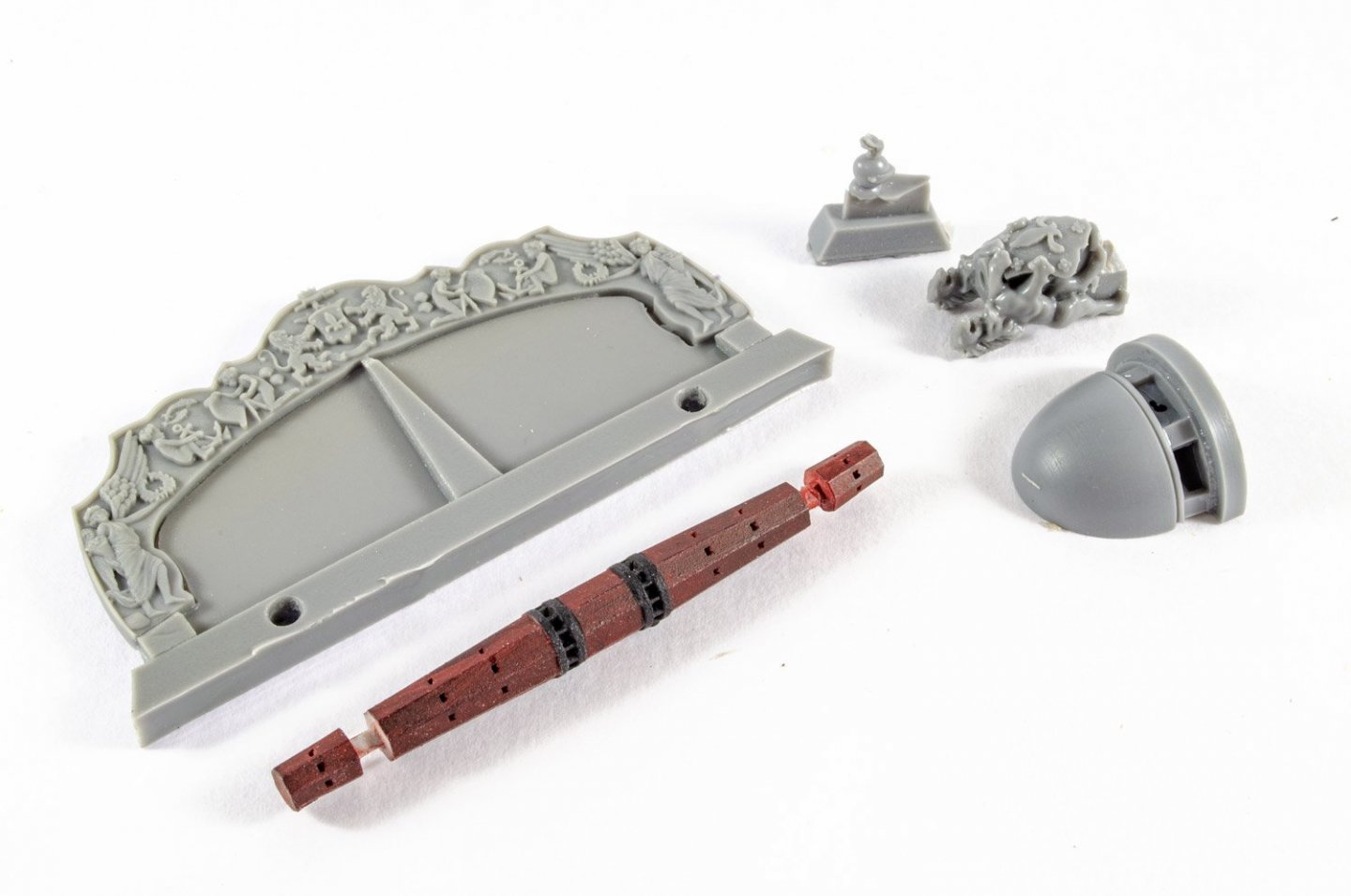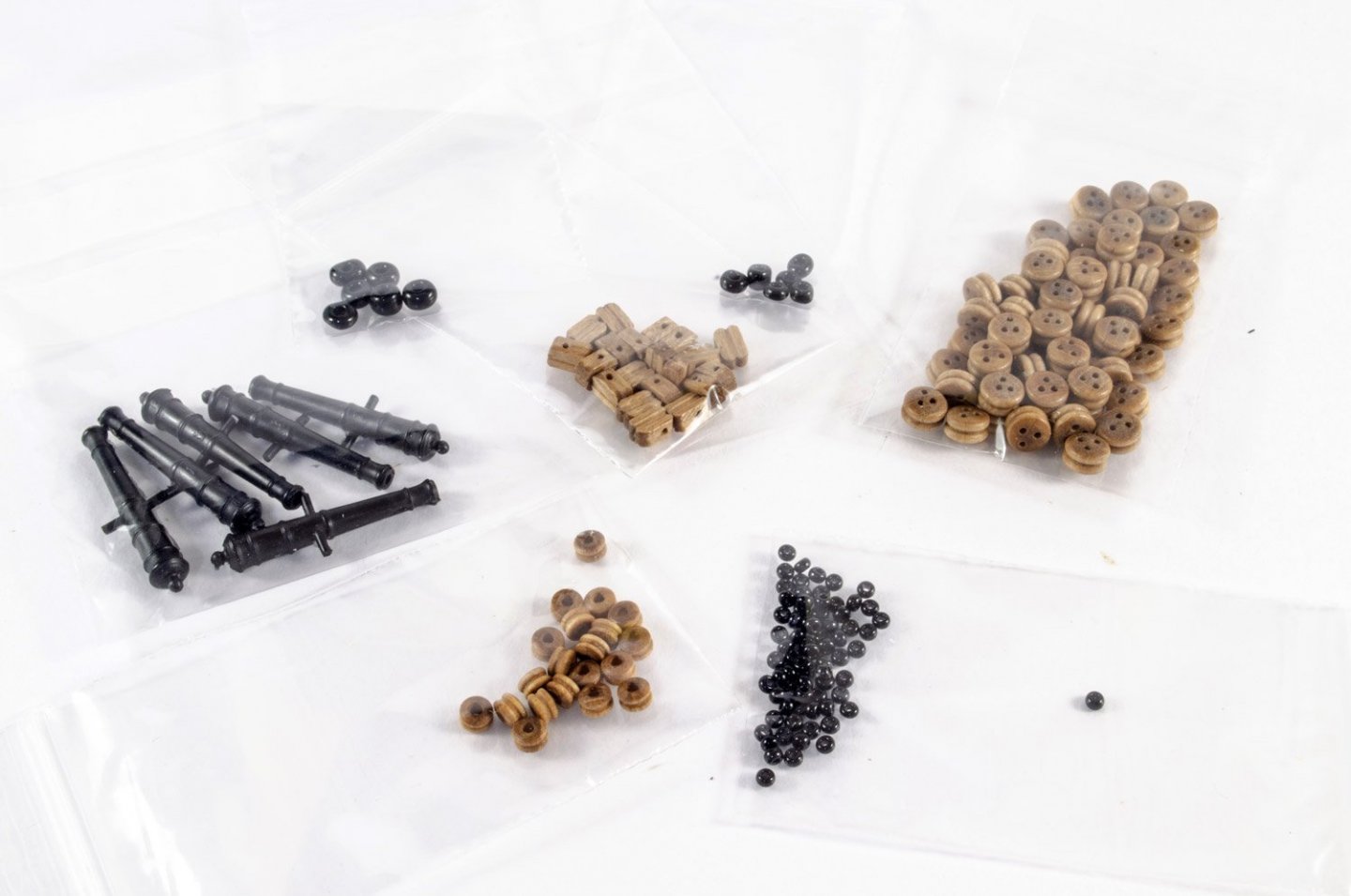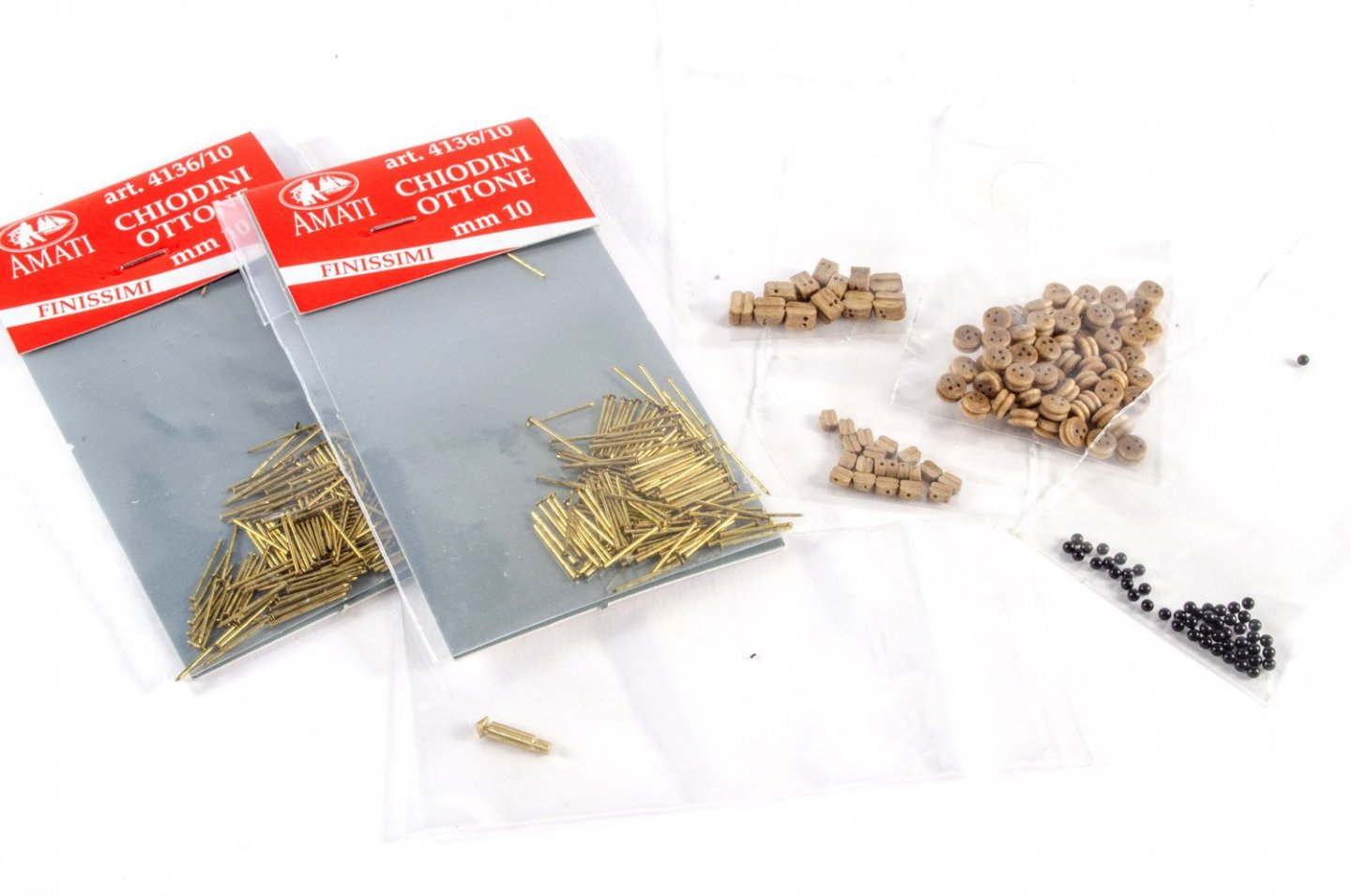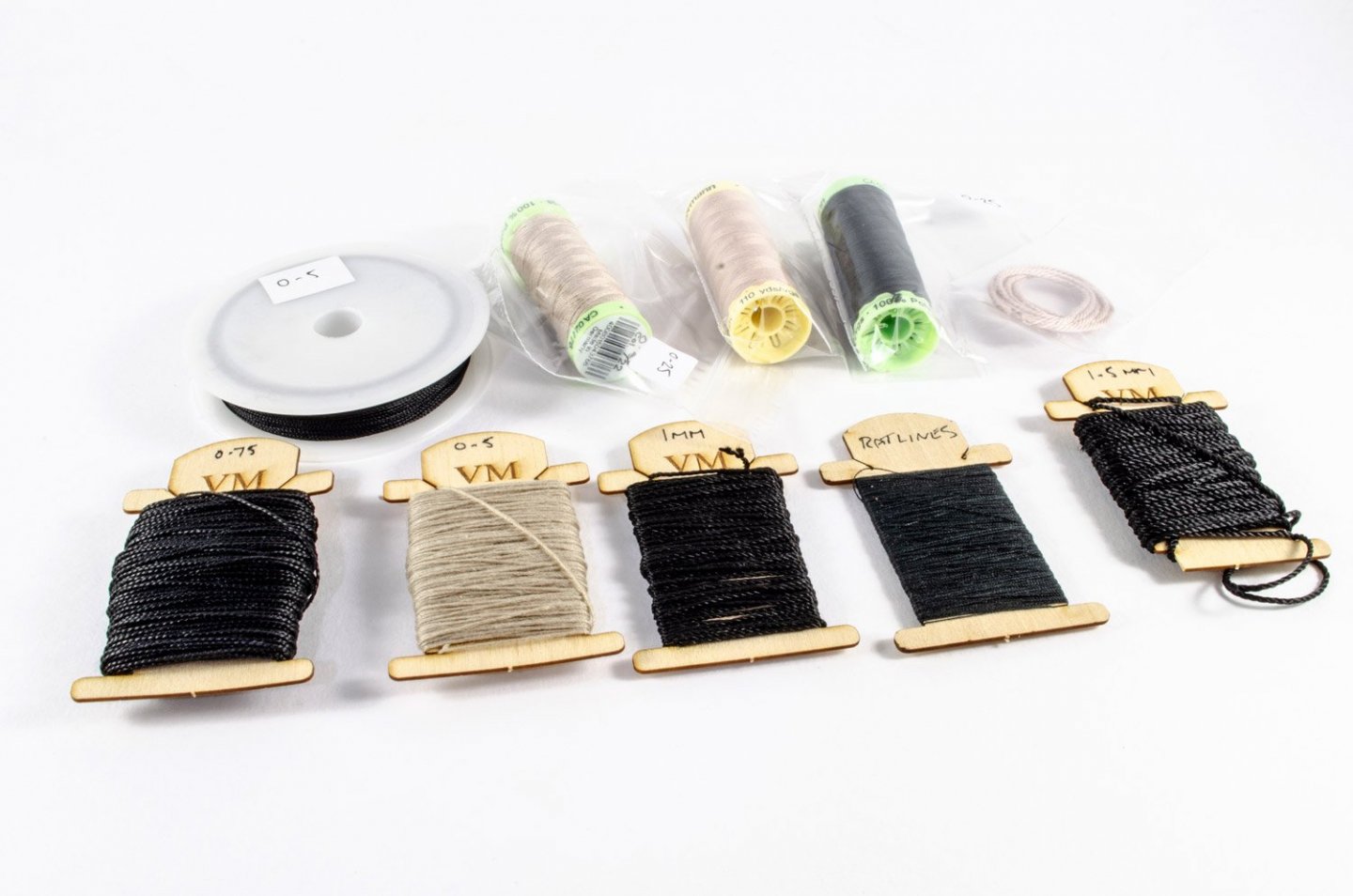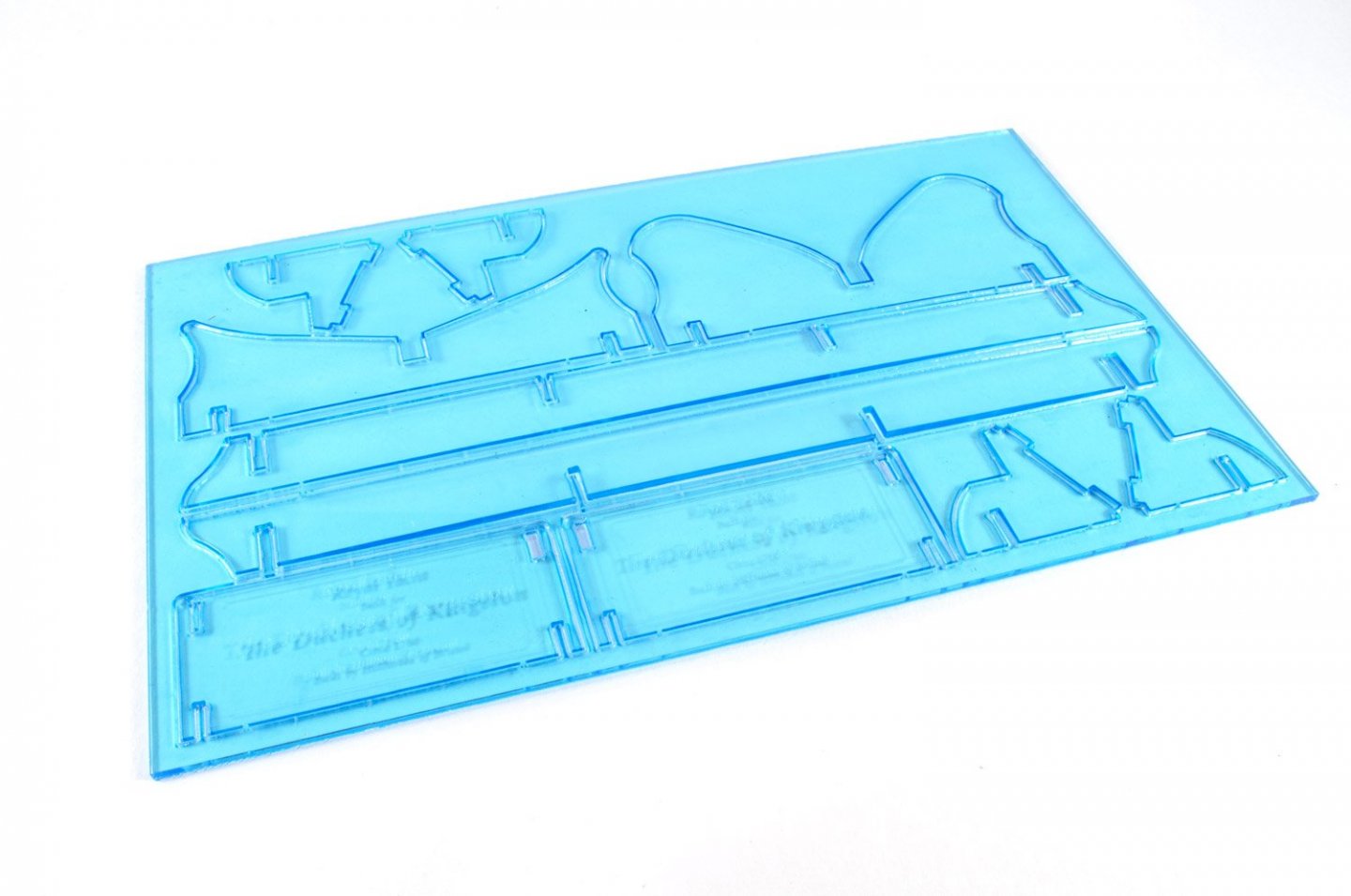-
Posts
6,126 -
Joined
-
Last visited
Content Type
Profiles
Forums
Gallery
Events
Everything posted by James H
-
- 164 replies
-
- vanguard models
- flirt
-
(and 1 more)
Tagged with:
-
More like a jigsaw 🤣 Can't wait to see you make and fit those frames.
- 322 replies
-
- enterprise
- caf
-
(and 1 more)
Tagged with:
-
I know some purists hate it, and also talk of it crumbling away in years to come, but I used CA (gel). I've seen models that are decades old and made with CA, and they are still just fine. ...but this isn't a discussion on the merits/demerits of glue. It just works for me and of course, no clamping.
- 164 replies
-
- vanguard models
- flirt
-
(and 1 more)
Tagged with:
-
Beautiful job, Martin. That case really sets it all off too. Stunning Big question.....what project next?
- 122 replies
-
- caldercraft
- agamemnon
-
(and 1 more)
Tagged with:
-
Can't wait to see you build this. You've paving the way for me and Coureur 😄
- 322 replies
-
- enterprise
- caf
-
(and 1 more)
Tagged with:
-
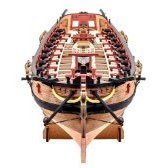
ancre Coureur by cafmodel - 1/48
James H replied to cafmodel's topic in - Build logs for subjects built 1751 - 1800
That's the plan, as soon as I have enough of the Duchess built for Chris to get his manual done and kit into production. @cafmodel Exciting to see things coming together like this. I really can't wait to see this and to get a log started here. I'll certainly be out of my comfort zone with a POF! -
Welcome back! I'm pretty sure I remember you (back in my Captainpugwash days). Looking forward to seeing you crack on with a build here again.
-
There's no difference between port and starboard bulwarks. Those are exactly the same.
- 164 replies
-
- vanguard models
- flirt
-
(and 1 more)
Tagged with:
-

ancre Coureur by cafmodel - 1/48
James H replied to cafmodel's topic in - Build logs for subjects built 1751 - 1800
As soon as DoK is done, I'll build this alongside Victory. -
That's why I now just fit a lot of the parts, and especially the deck, before gluing. I just paint glue in from underneath and that works just as well.
- 164 replies
-
- vanguard models
- flirt
-
(and 1 more)
Tagged with:
-

ancre Coureur by cafmodel - 1/48
James H replied to cafmodel's topic in - Build logs for subjects built 1751 - 1800
Thanks for posting those closer detail photos. I really can’t wait to see this! -

ancre Coureur by cafmodel - 1/48
James H replied to cafmodel's topic in - Build logs for subjects built 1751 - 1800
You painted this? -

ancre Coureur by cafmodel - 1/48
James H replied to cafmodel's topic in - Build logs for subjects built 1751 - 1800
I really cant wait to see this one! She's going to look very different to a regular POF -
I used aerosol paint for the underside and all the red areas (but you can use enamel/acrylic etc). Humbrol enamel for the blue and yellow areas, and Vallejo acrylics for the small details. Check the manual as I put the paint type and numbers in there. I wrote the manual and did the build, but forgot the blue paint code. That's Humbrol 25 Matt Blue. I also used 74 Linen for the Yellow.
- 164 replies
-
- vanguard models
- flirt
-
(and 1 more)
Tagged with:
-
Time for an update. Of course, these photos are part of the instruction manual, so I've taken a selection to show where I'm currently up to with DoK. There are three 3mm MDF sheets, and I took my time to remove all of them and clean the tabs up with a knife and/or sanding stick. All parts are engraved with a number, and I knew all would be used in this quick bench session. First up, I built the temporary cradle. There's a gorgeous acrylic one for final use, complete with engraved nameplate, so this one is the scrapper that I'll throw away at the end. As the model is single deck and won't have the usefulness of another lower deck into which the masts can align, a simple part is slotted into the keel before any work starts. It's most accessible to add at this stage. The part is a nice, snug fit. This is the main mast position. Before any bulkheads are fitted, I first mark a rough bevel line on the first and last three bulkheads and then grind this away with my Dremel. A number of other parts are also bevelled at this stage too, such as the outer cheek parts and the front of the inner longitudinal beams. All bulkheads are now slotted into place. For the foremast, a couple of parts are added to the outer cheeks. These will create a round base into which the down will sit. These are then slotted into place. Now, those longitudinal beams are now added, starting with the inner two... ...and followed by the outer two: At this stage, I painted wood glue into the joints and left the whole lot for a few hours to cure. I prefer this method when there are so many slots and such perfect tolerances. Construction of the stern gallery areas starts with slotting in three frames, easily recognised with their engraved position ID. These just slot straight into position as shown, and are then glued. Four extra pieces are added just before and after the midships cabin area. These are to support the floor/deck at either side. The cabin floor is also fitted and clamped until set. Both the main and upper false decks are now glued into place. These are 0.8mm ply and you need to bend them and allow them to fit into the slots in the bulkhead tabs. This holds the deck parts remarkably flat across all bulkheads. As an insurance policy, I also add a couple of brass pins to the forward upper deck as there are no slots there to hold in position. One nice little touch are the temporary beams which now slot into the bulkhead tabs. These are to give everything some real rigidity whilst the hull is worked on from this point. Afterwards, the beams and tabs will be broken out and discarded. A few extra pieces at the stern, but not quite all. The model is now setting before I start to sand the hull to shape and add the ply bulwarks. More soon...
- 117 replies
-
- vanguard models
- yacht
-
(and 2 more)
Tagged with:
-
Here's a quick build up of the older parts. This won't be used in the build, but gives an idea of how she'll be built.
- 117 replies
-
- vanguard models
- yacht
-
(and 2 more)
Tagged with:
-
Good morning! As my Amati HMS Victory is currently on hiatus due to needing a good number of sheet replacements, I'll start work immediately on the future Vanguard Models release of the Royal Yacht, 'Duchess of Kingston'. As with my other VM stuff, this will be for the kit instruction manual. Chris conceded that (1) he hadn't taken enough photos of the original build, and (2) the design had changed significantly enough from his own build to merit a new build anyway, so the manual is representative of the final product. Yesterday, I received a large box with the final production parts, and also a second set of earlier parts, including PE sheets. The photos here are of the production parts, and I'll cobble together a dry fit of the bits later, to give you a very quick idea of how this goes together, before work starts proper. This kit must've taken an age to produce with all the sheets of pear, plus the pear overlays and beautiful engraving too. Here's what you can roughly expect to see in a final production kit: MDF Maple deck Ply parts Pear parts Other laser parts Strip wood Photo etch Resin parts Fittings etc. Rigging cord Acrylic display stand (with engraved name plates) It's interesting to see some of the design ideas, such as the stern/transom where the resin ornamentation sits atop the pear panel, and that panel has recesses engraved into it to allow the PE window frames to sit within! I'll post a dry fit image of the hull a little later on...
- 117 replies
-
- vanguard models
- yacht
-
(and 2 more)
Tagged with:
About us
Modelshipworld - Advancing Ship Modeling through Research
SSL Secured
Your security is important for us so this Website is SSL-Secured
NRG Mailing Address
Nautical Research Guild
237 South Lincoln Street
Westmont IL, 60559-1917
Model Ship World ® and the MSW logo are Registered Trademarks, and belong to the Nautical Research Guild (United States Patent and Trademark Office: No. 6,929,264 & No. 6,929,274, registered Dec. 20, 2022)
Helpful Links
About the NRG
If you enjoy building ship models that are historically accurate as well as beautiful, then The Nautical Research Guild (NRG) is just right for you.
The Guild is a non-profit educational organization whose mission is to “Advance Ship Modeling Through Research”. We provide support to our members in their efforts to raise the quality of their model ships.
The Nautical Research Guild has published our world-renowned quarterly magazine, The Nautical Research Journal, since 1955. The pages of the Journal are full of articles by accomplished ship modelers who show you how they create those exquisite details on their models, and by maritime historians who show you the correct details to build. The Journal is available in both print and digital editions. Go to the NRG web site (www.thenrg.org) to download a complimentary digital copy of the Journal. The NRG also publishes plan sets, books and compilations of back issues of the Journal and the former Ships in Scale and Model Ship Builder magazines.

